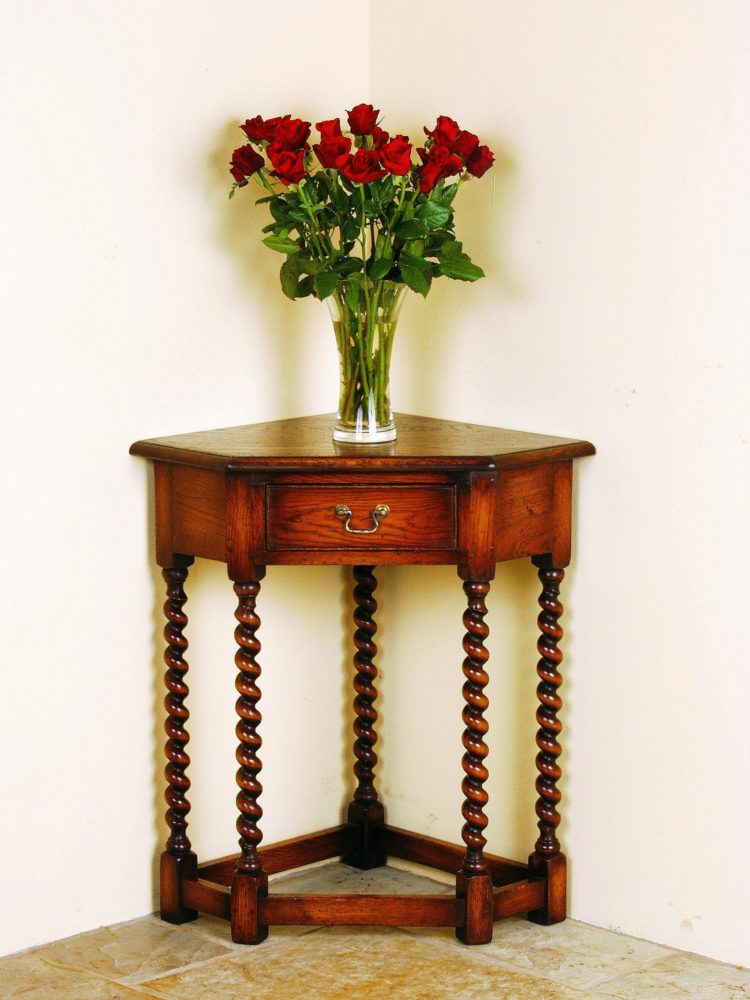Along with cherry, walnut, as well as oak, maple is thought about to be among the favored wood options for furnishings structure. Maple is normally taken into consideration to be solid, sturdy, and also quite when appropriately ended up.
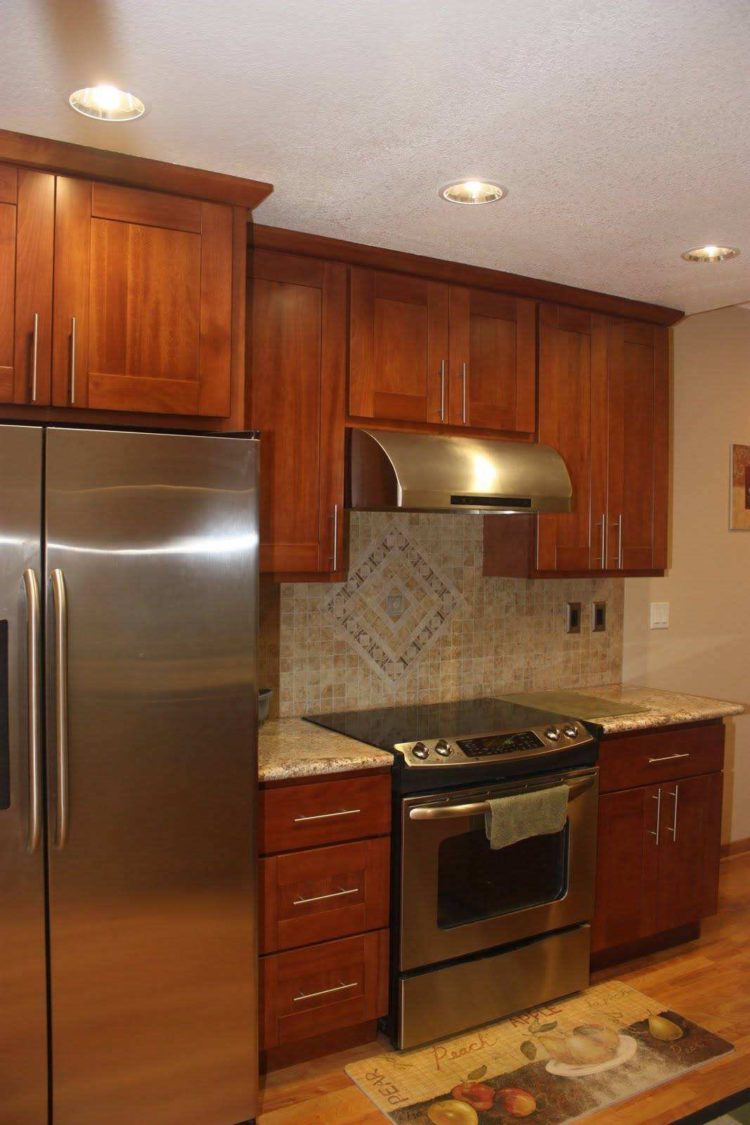
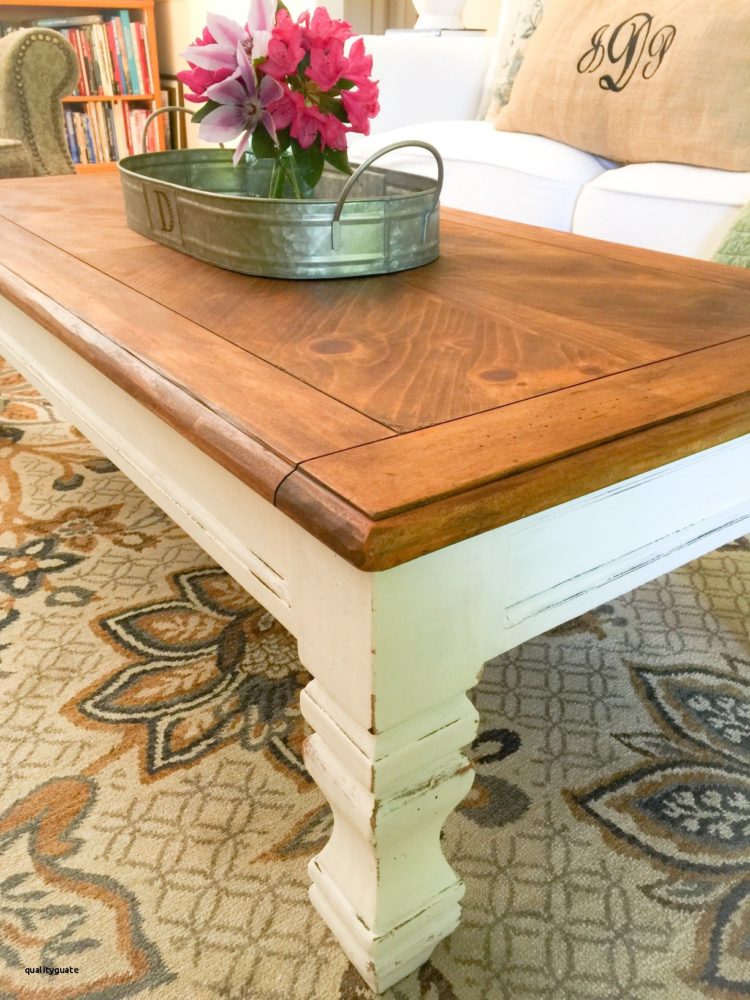
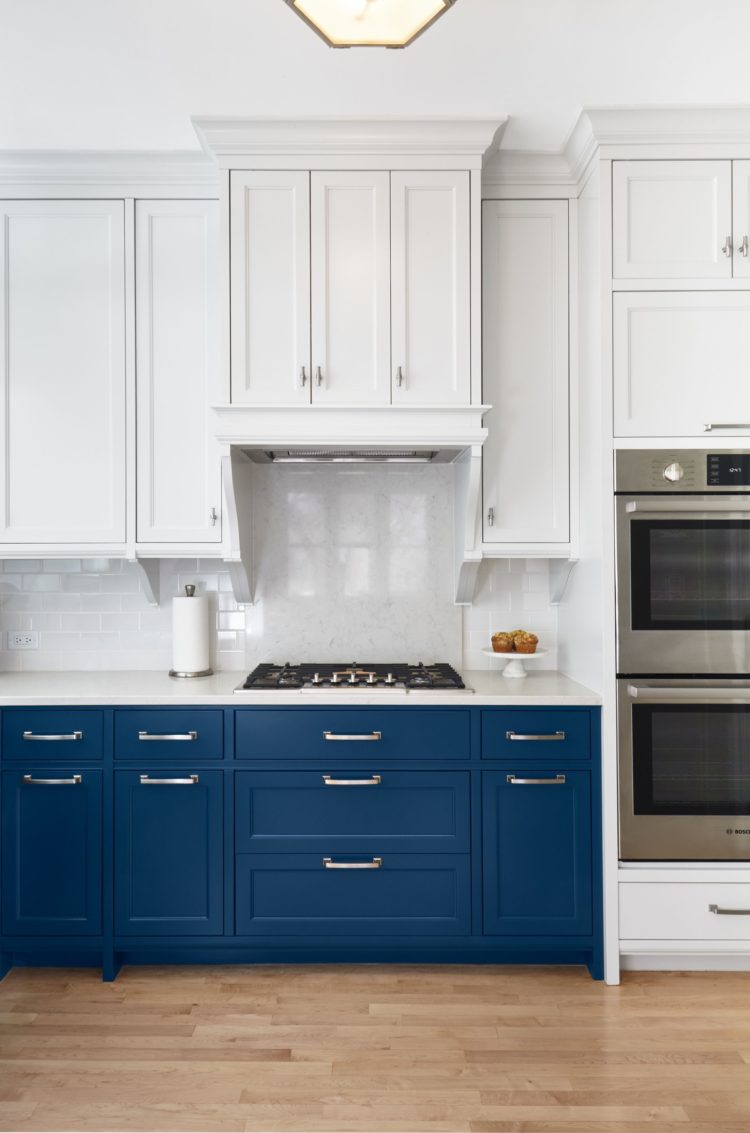
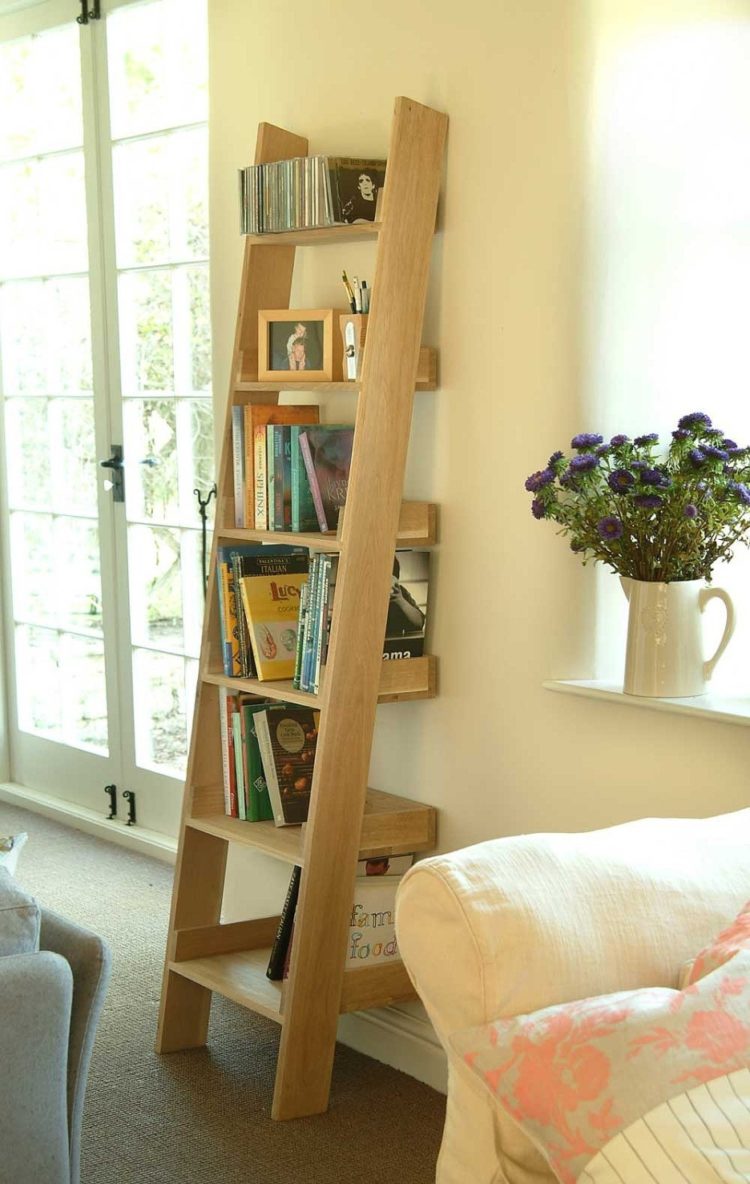
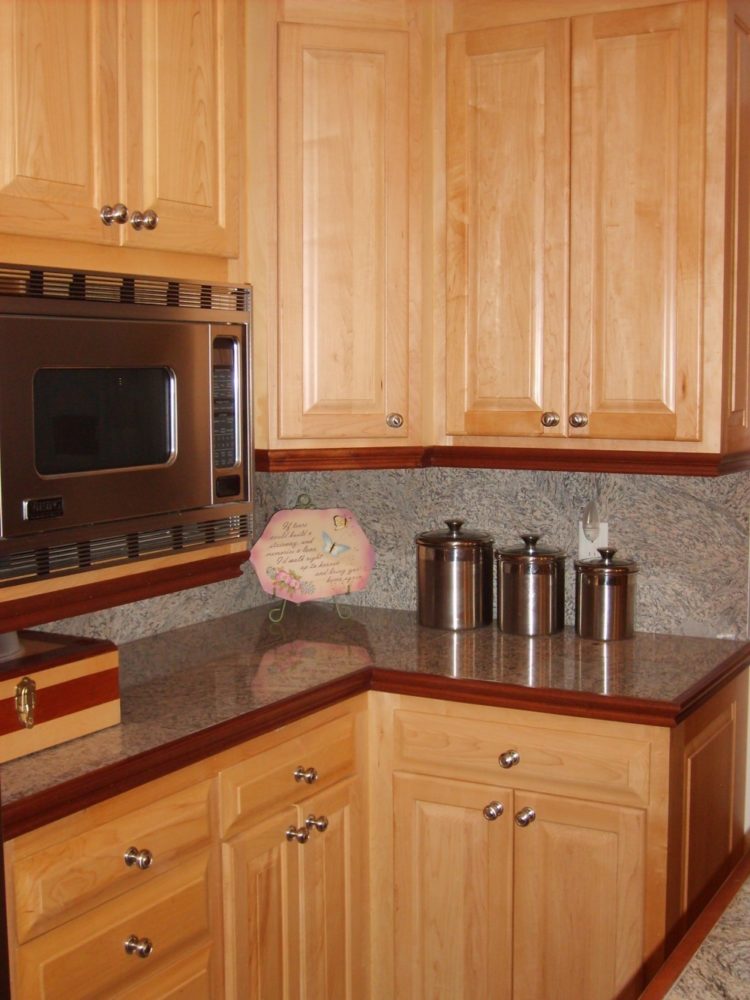
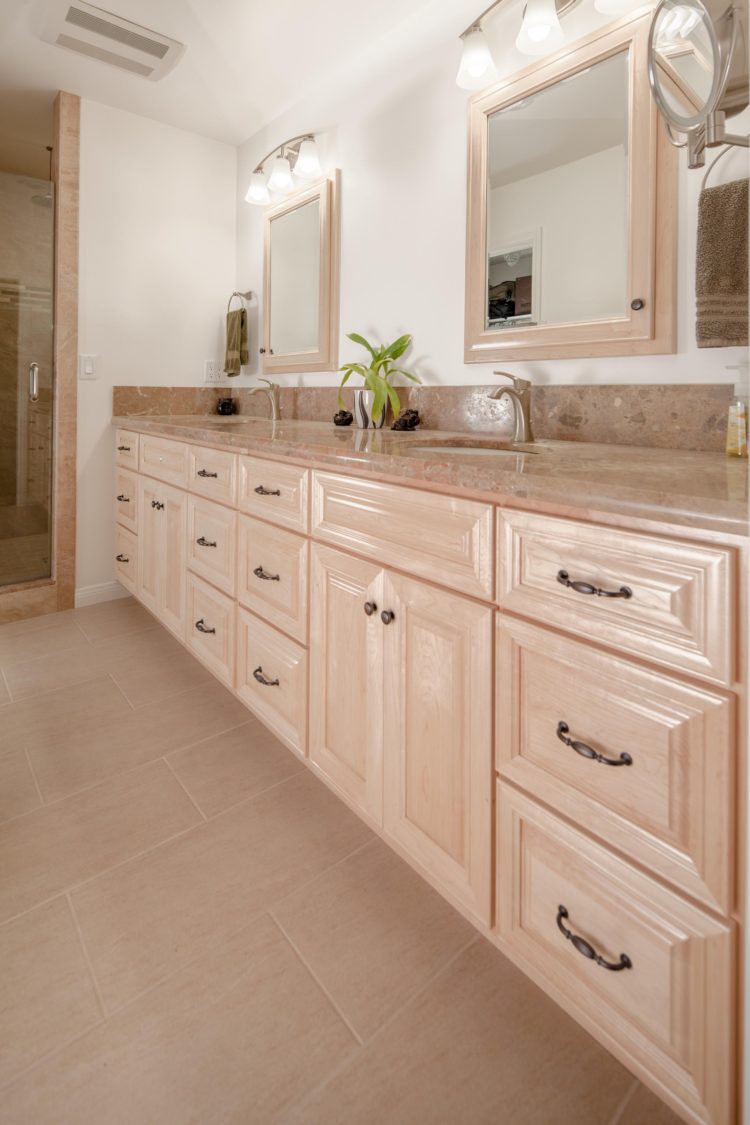
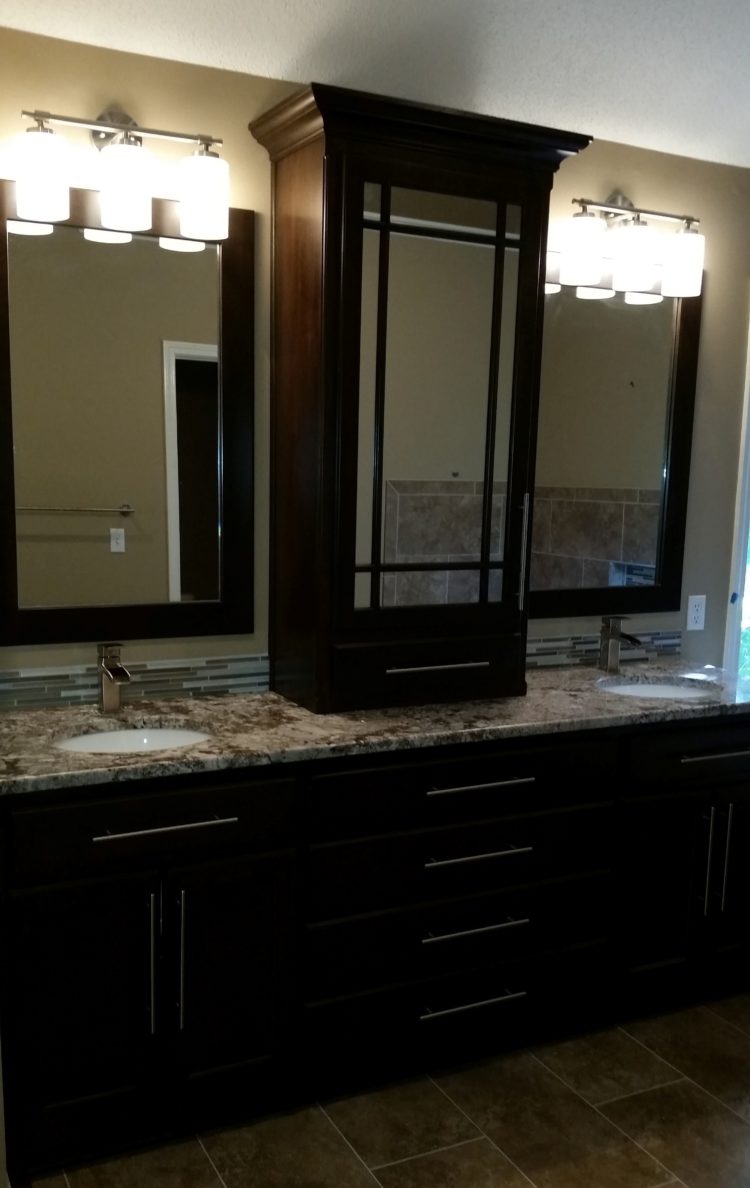
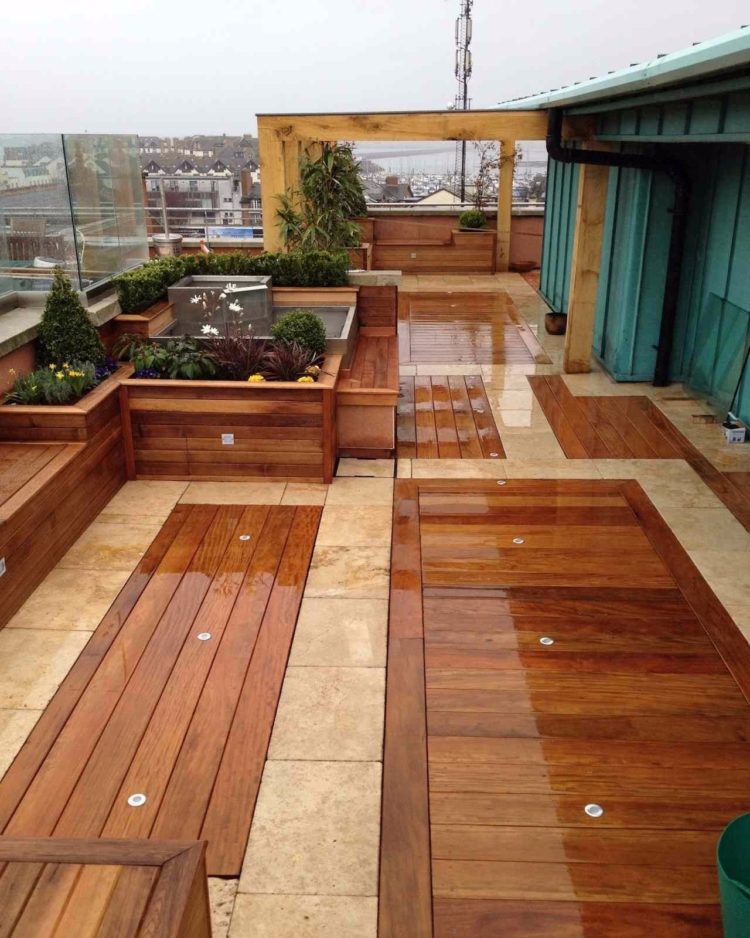
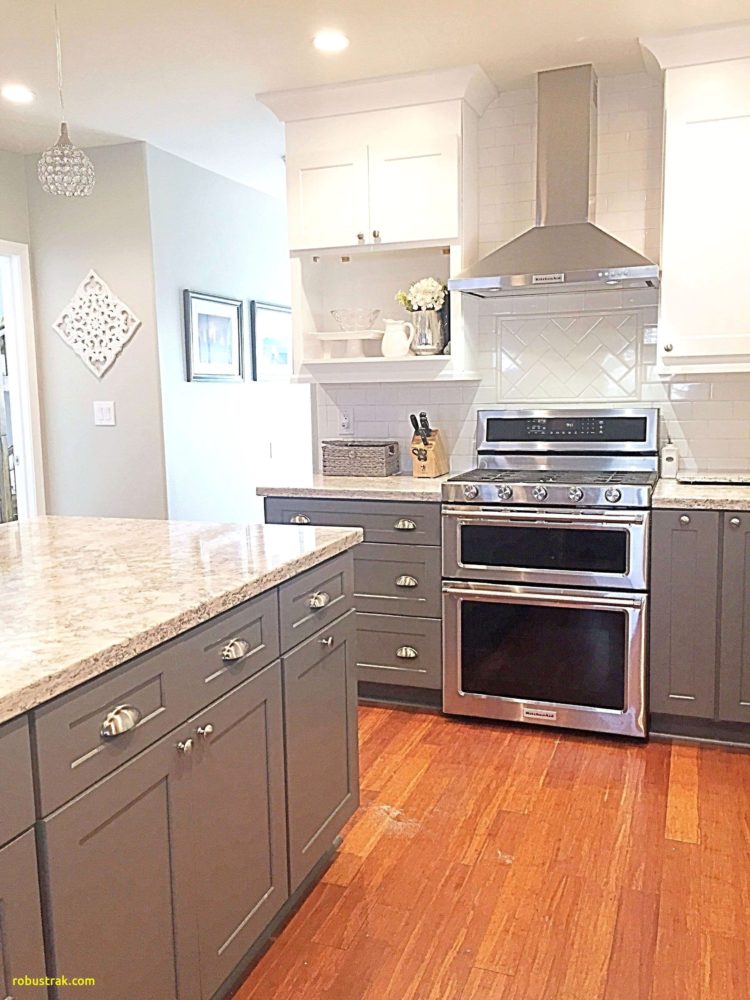
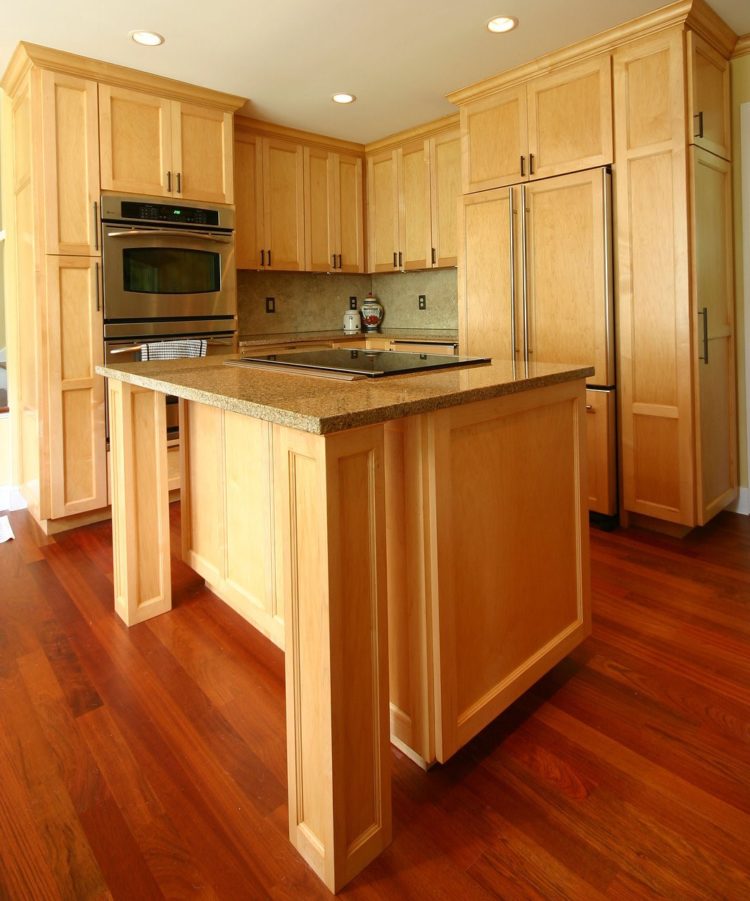
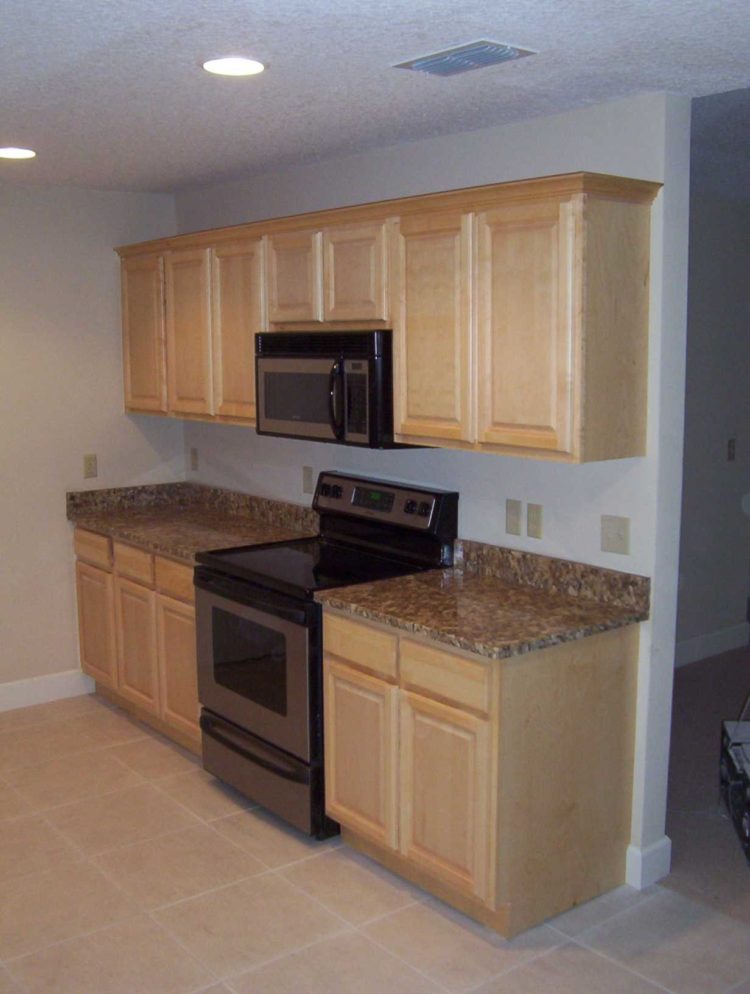
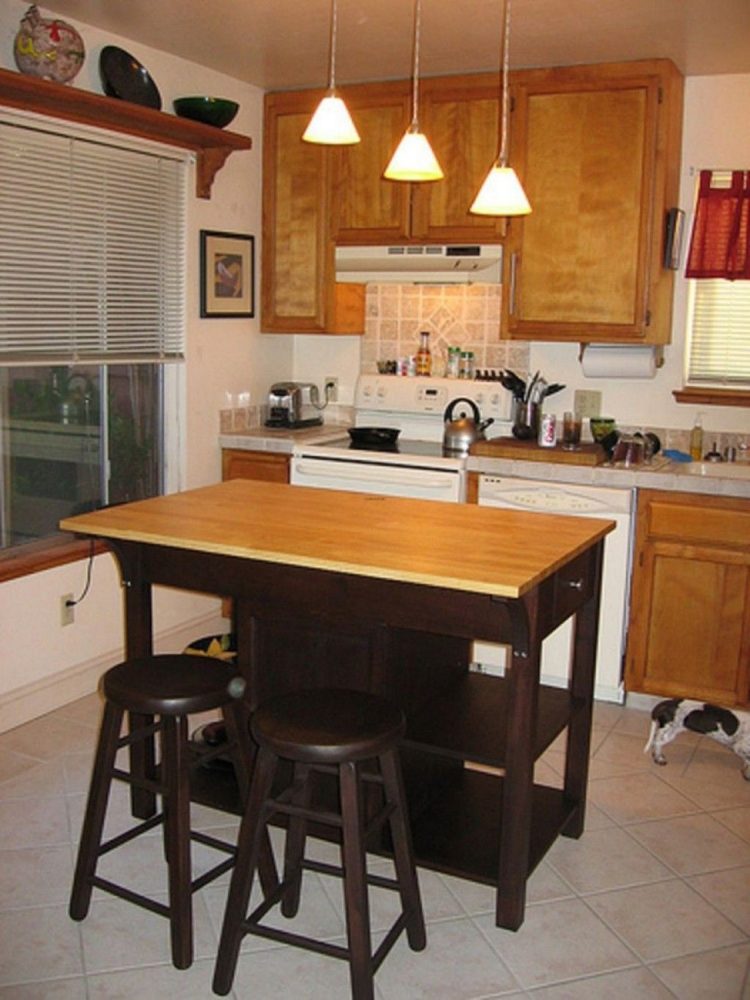
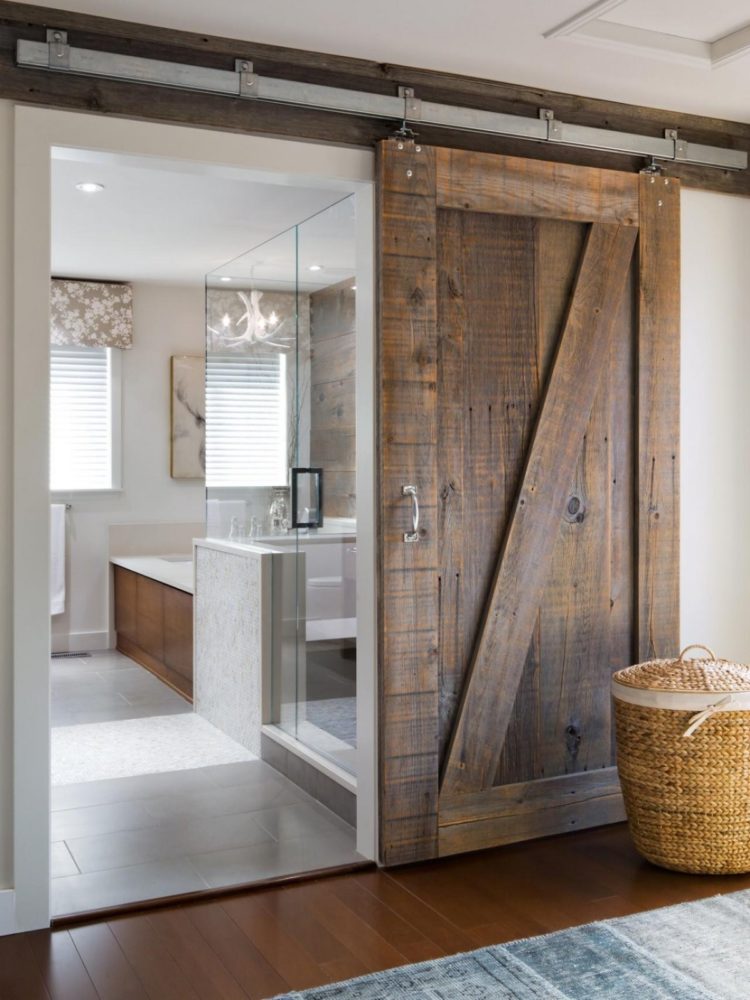


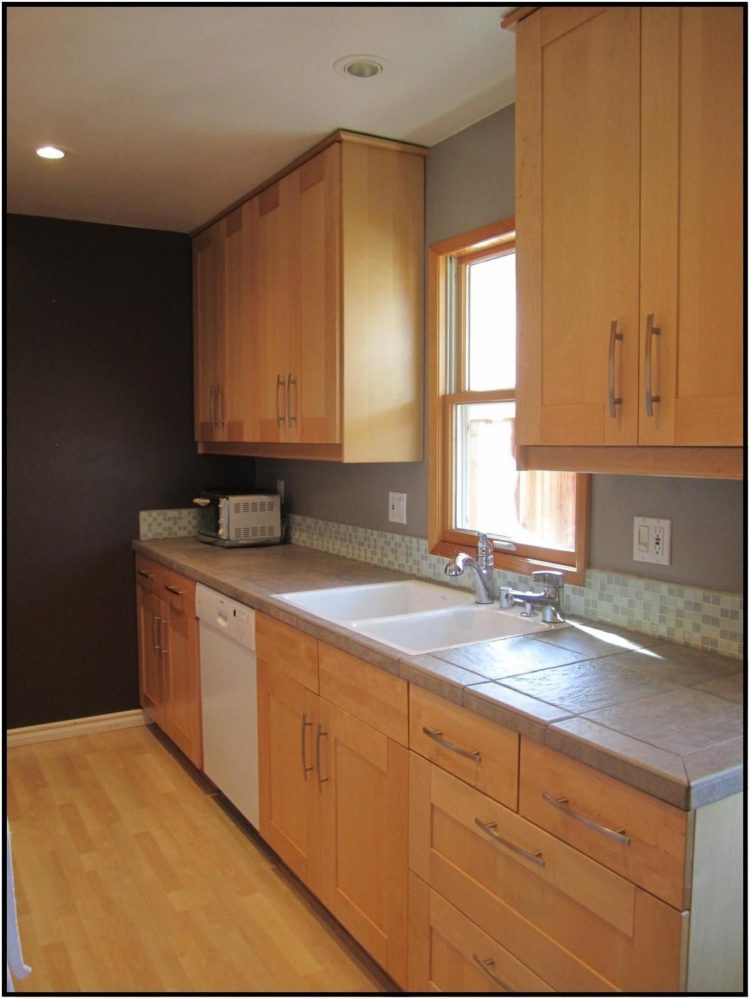
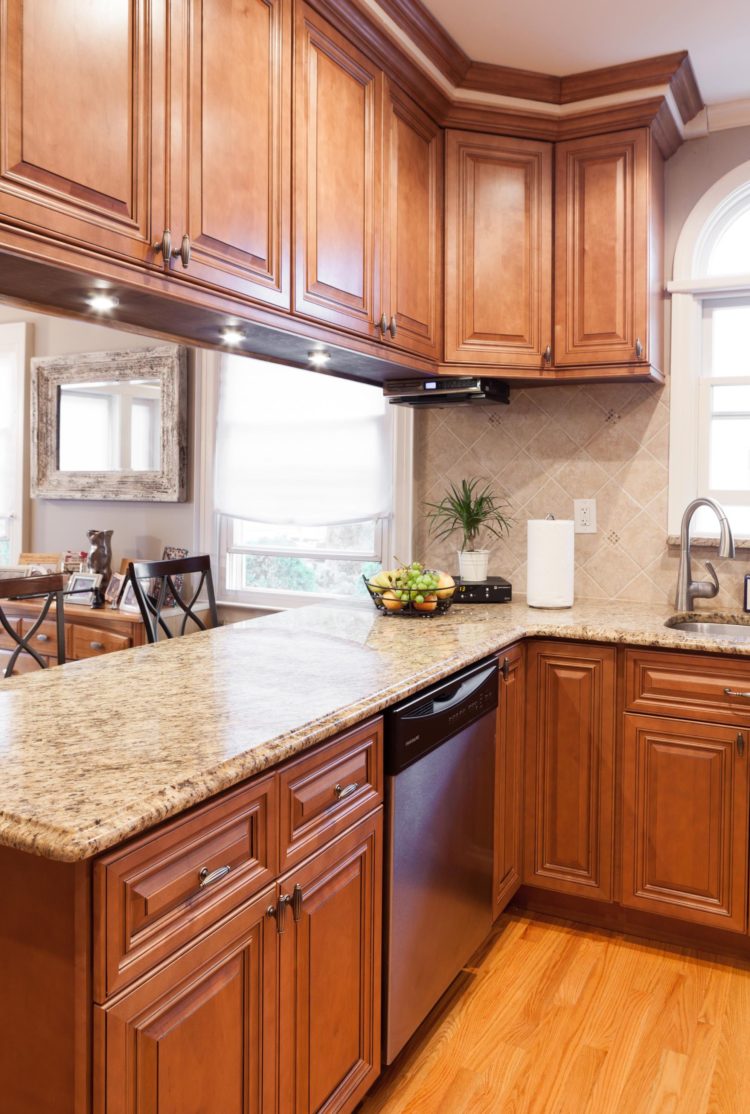
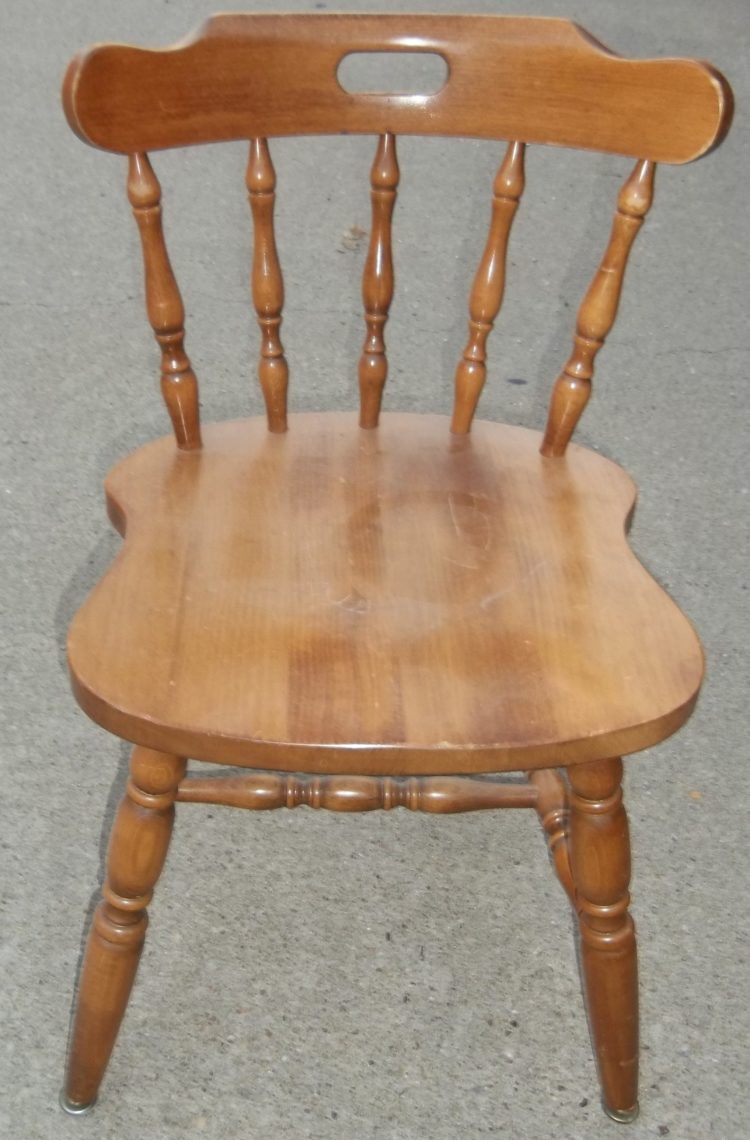
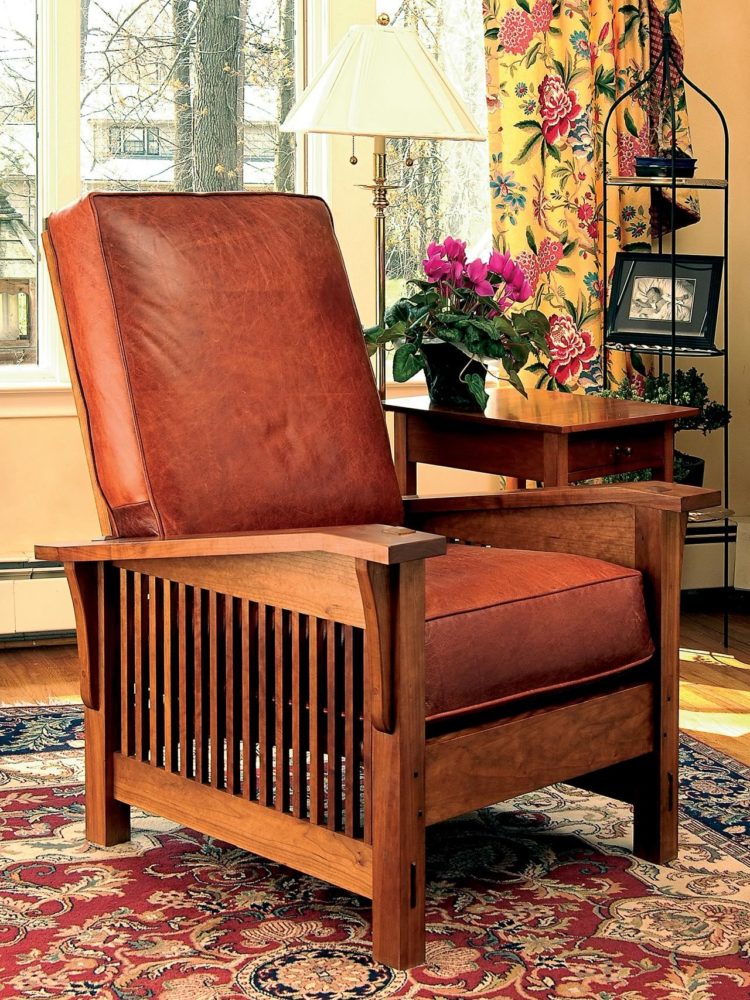
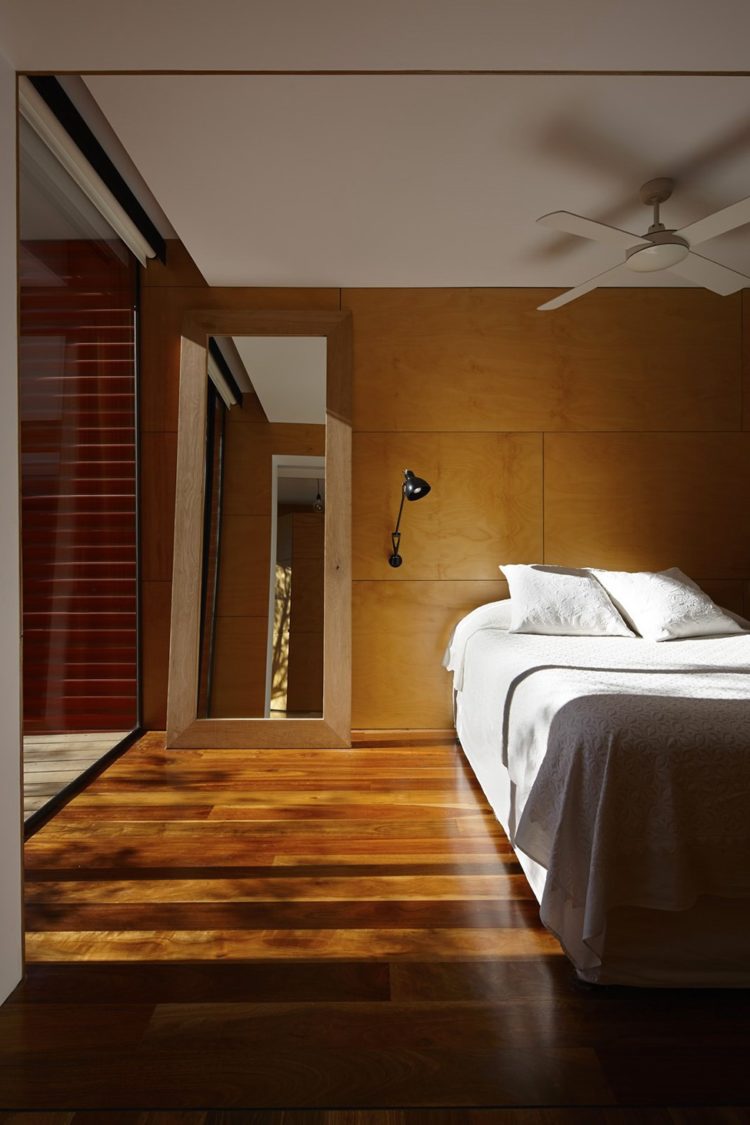
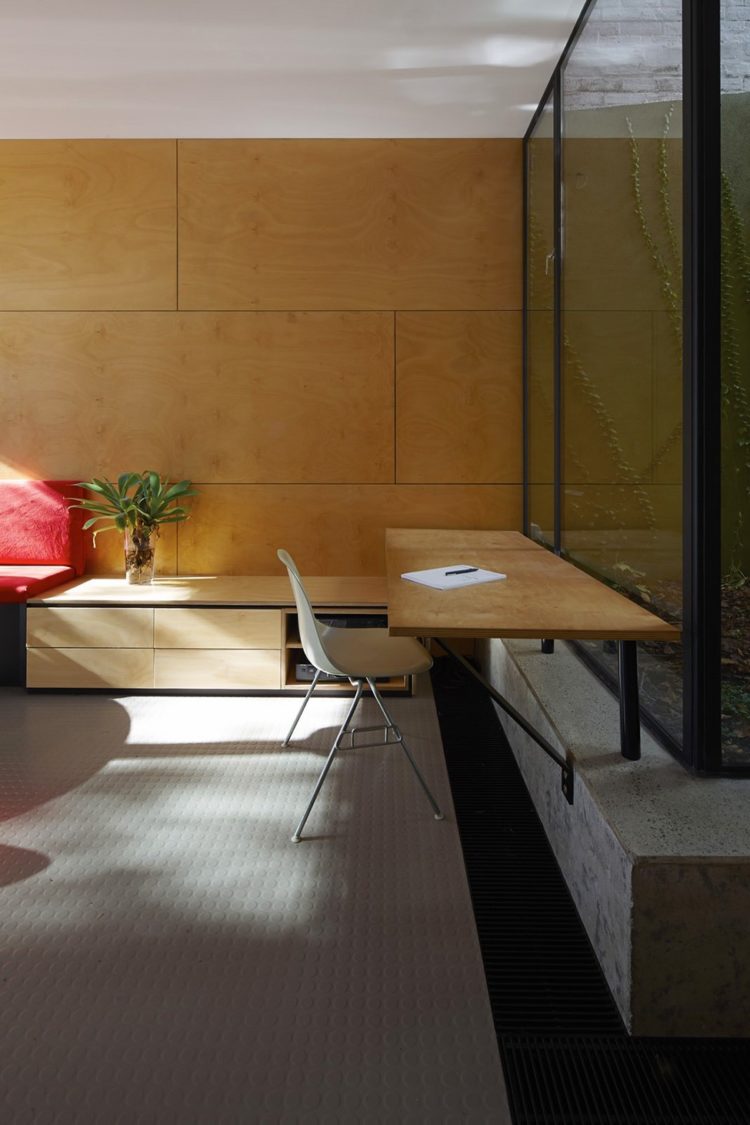
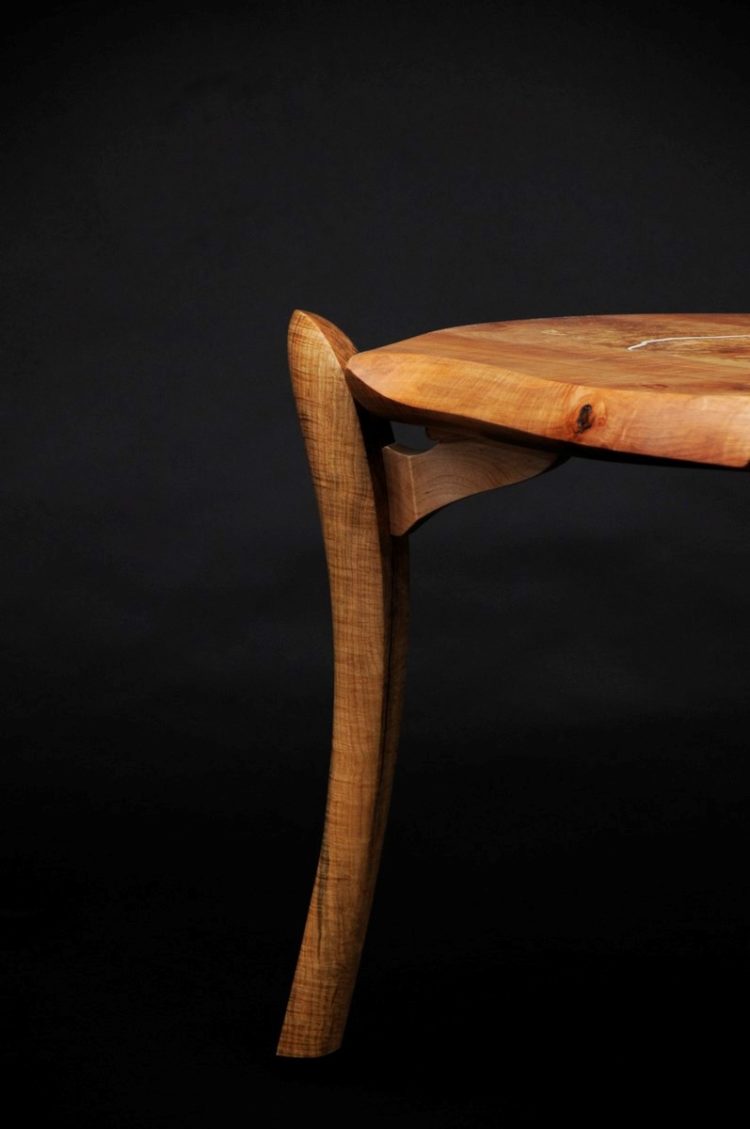

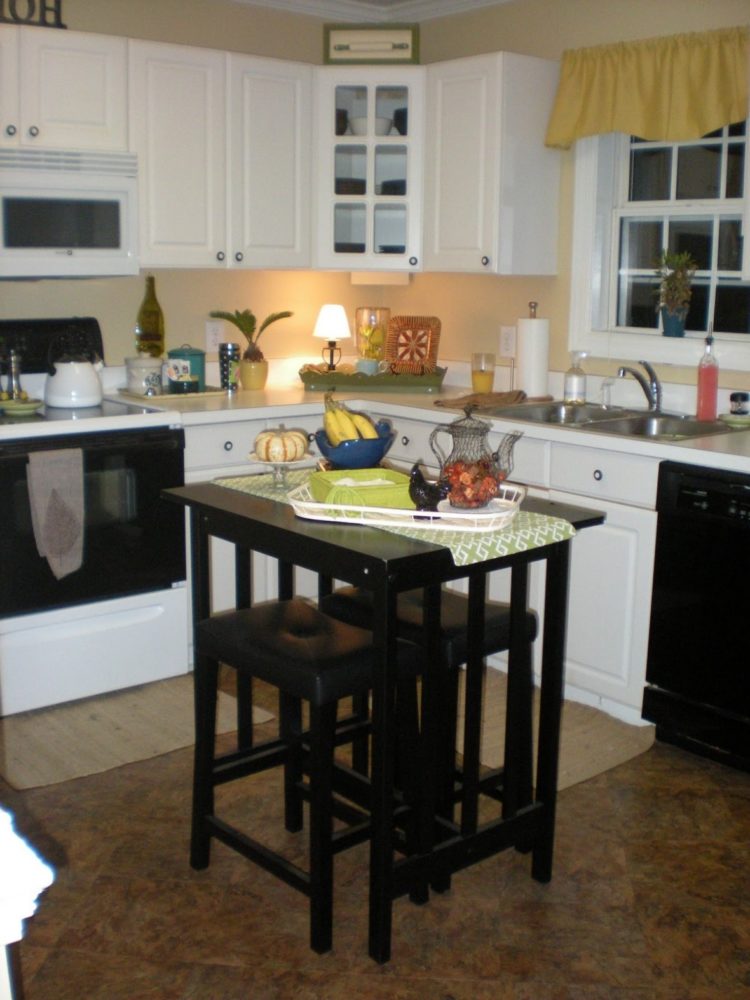
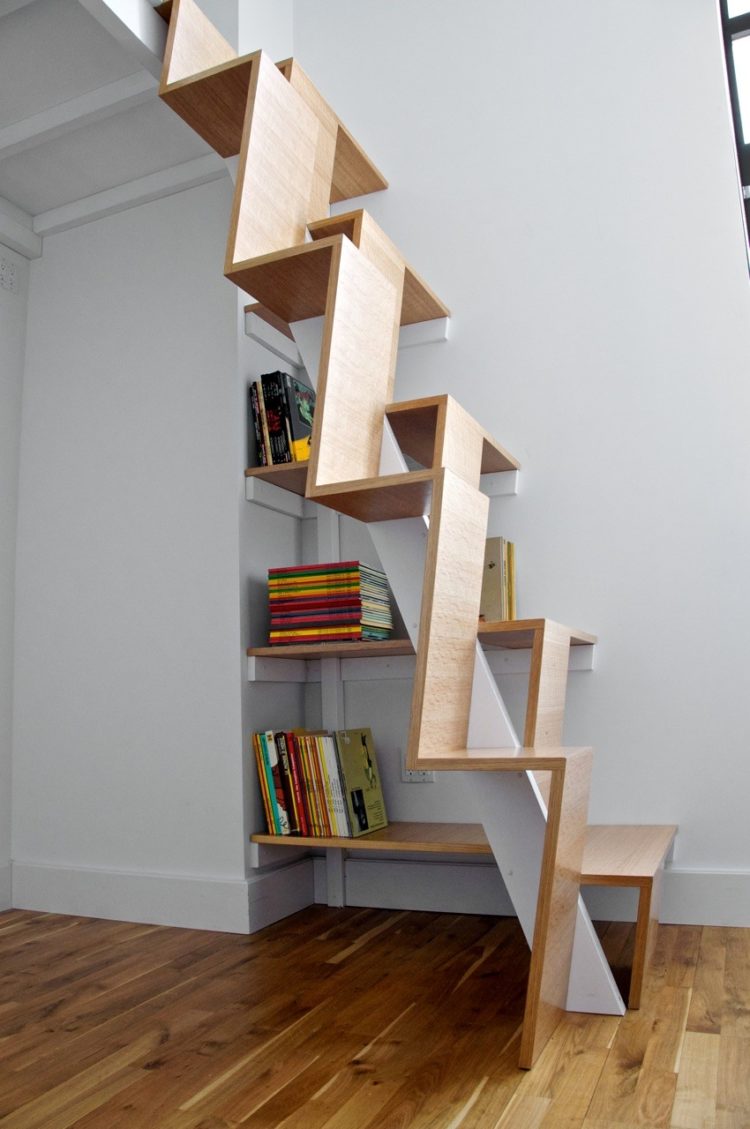
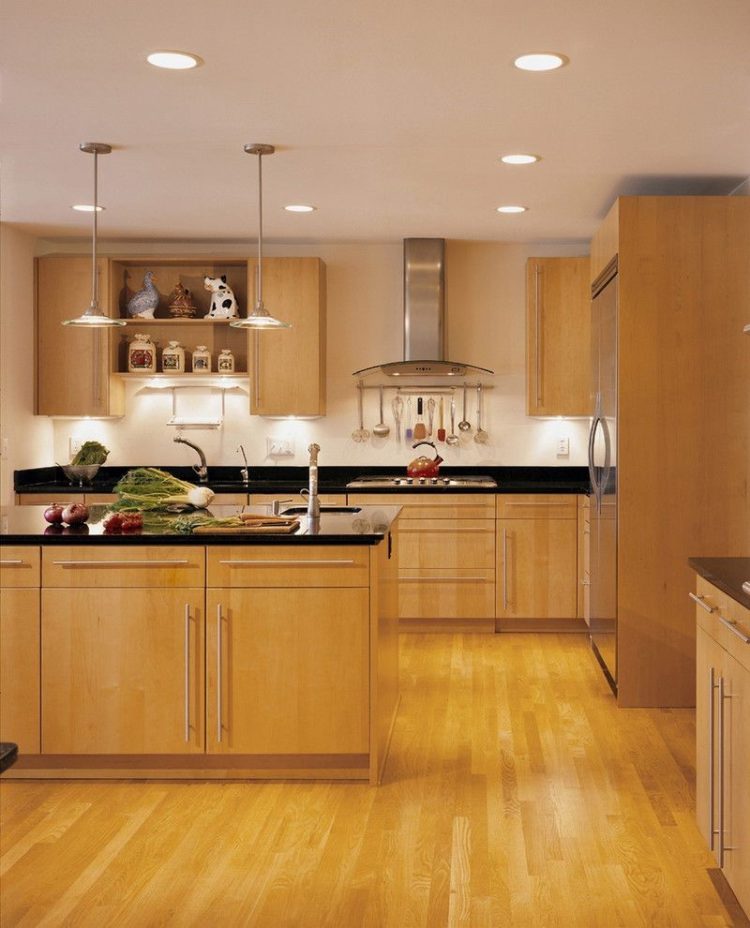

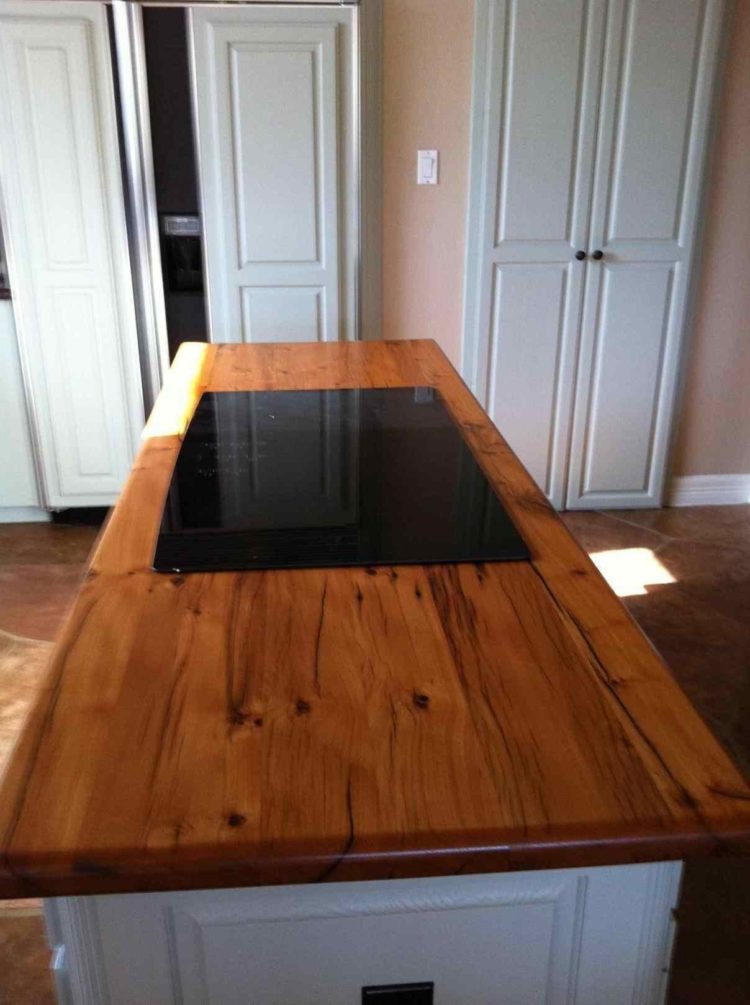
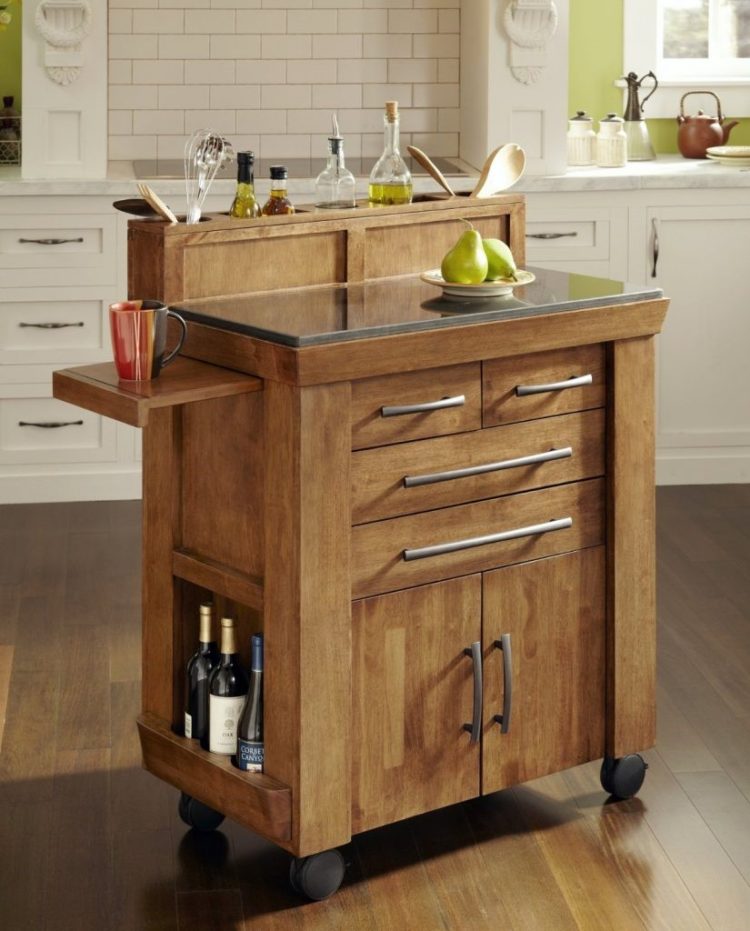
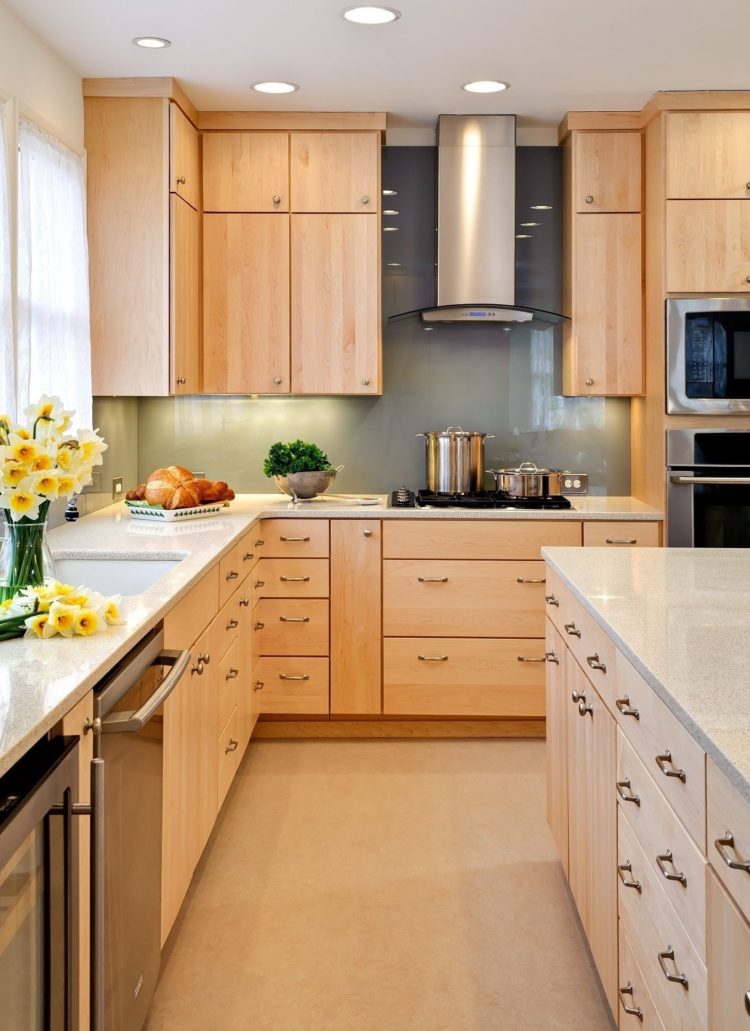
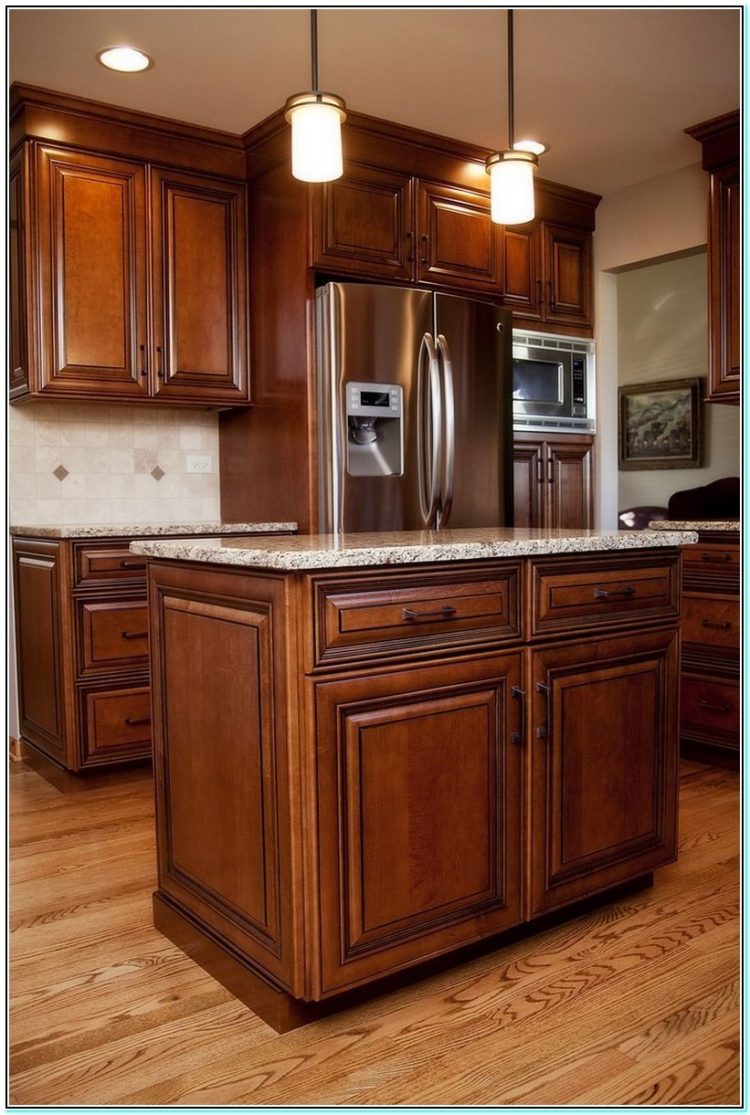
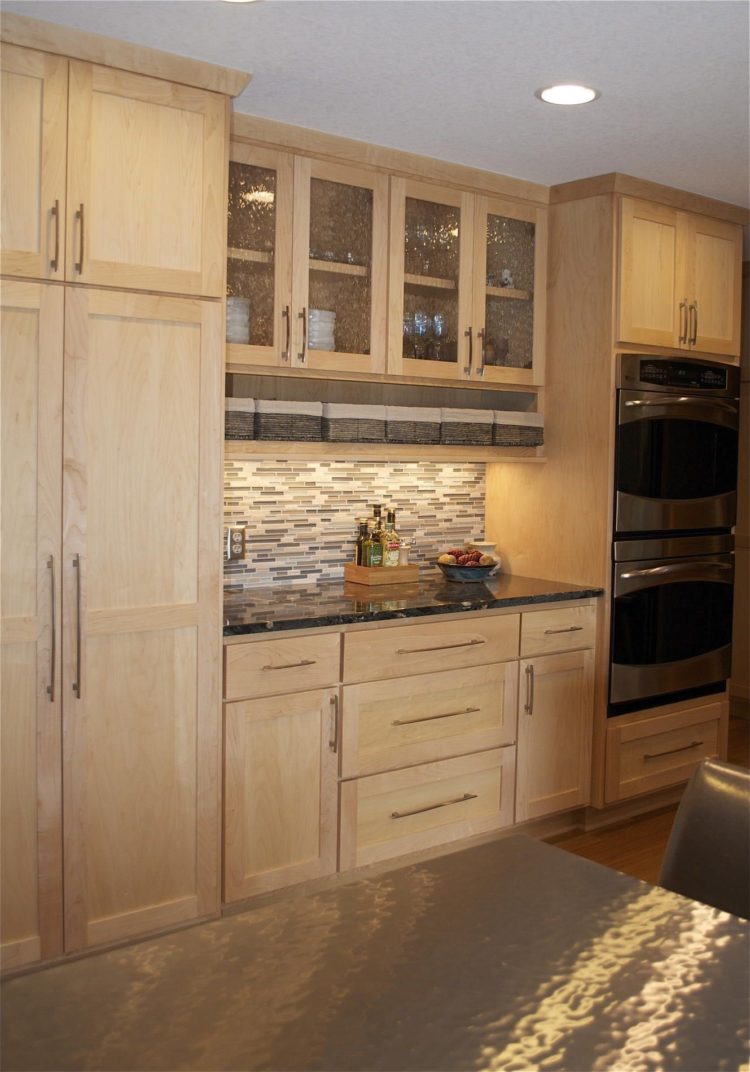
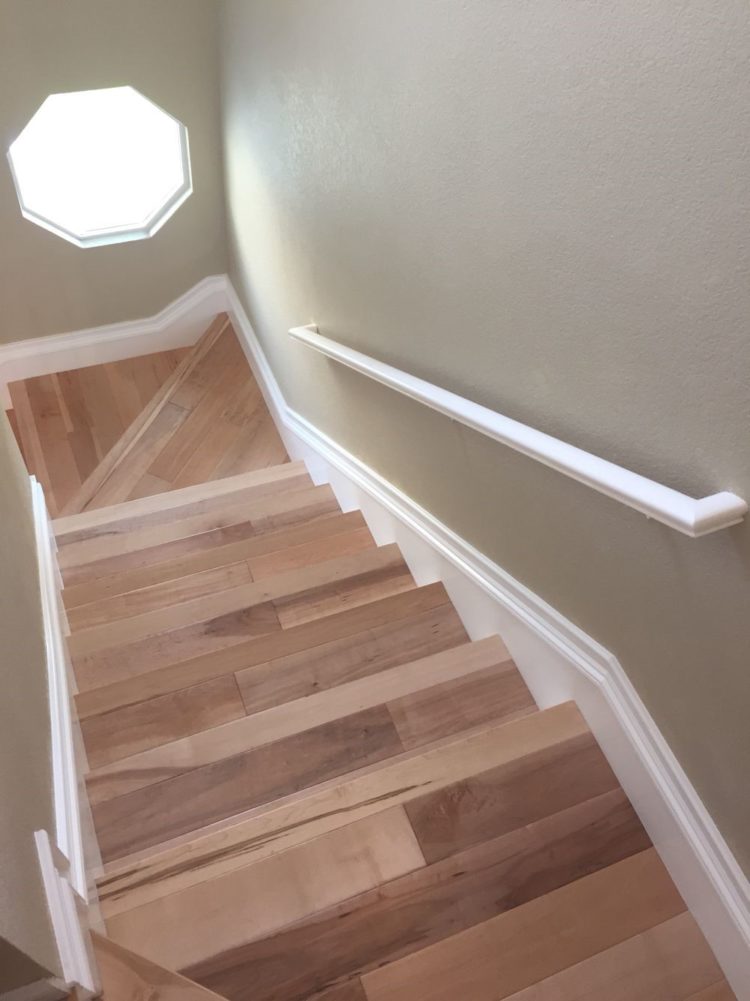
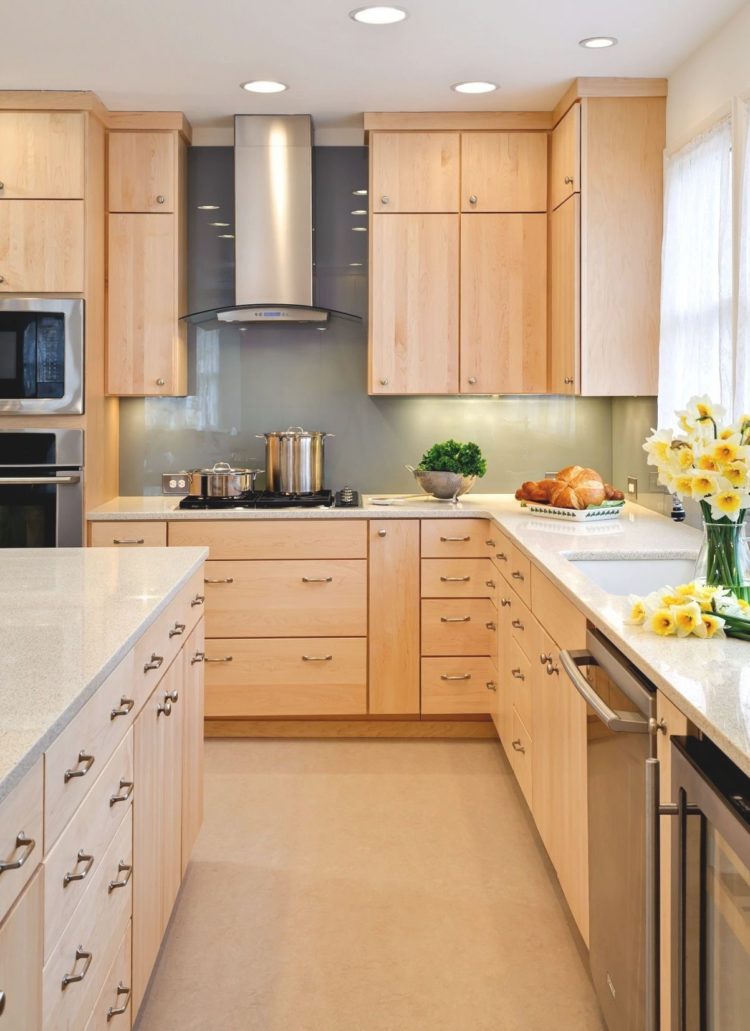
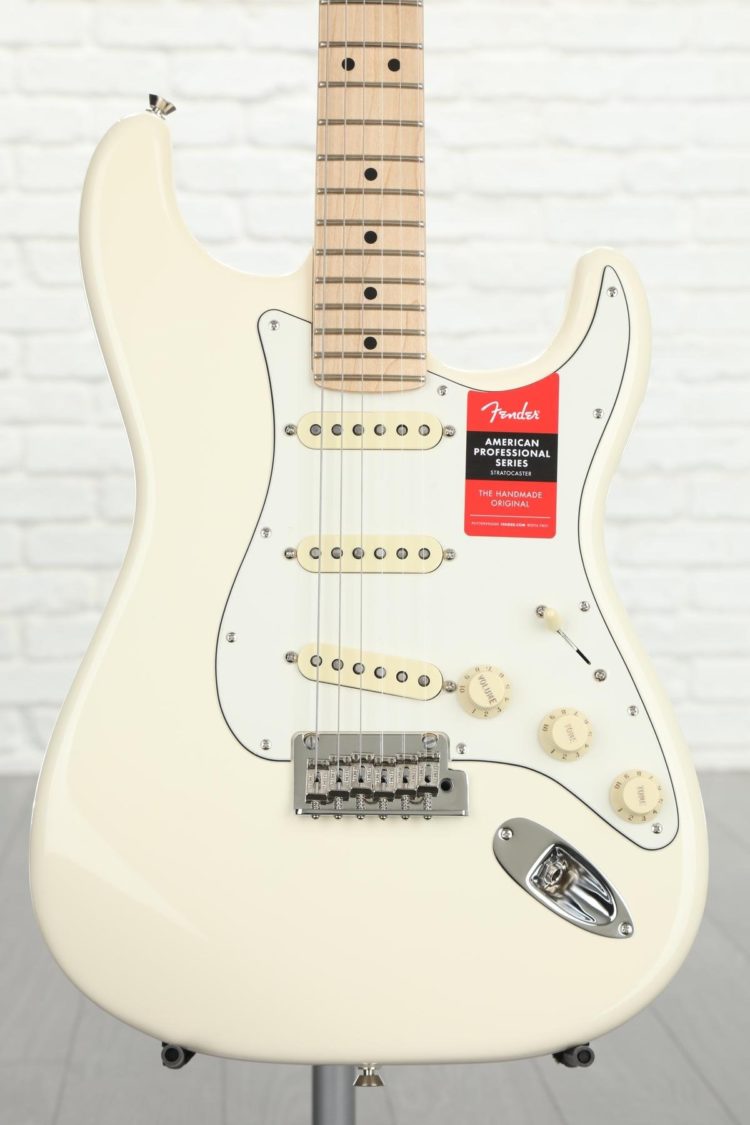
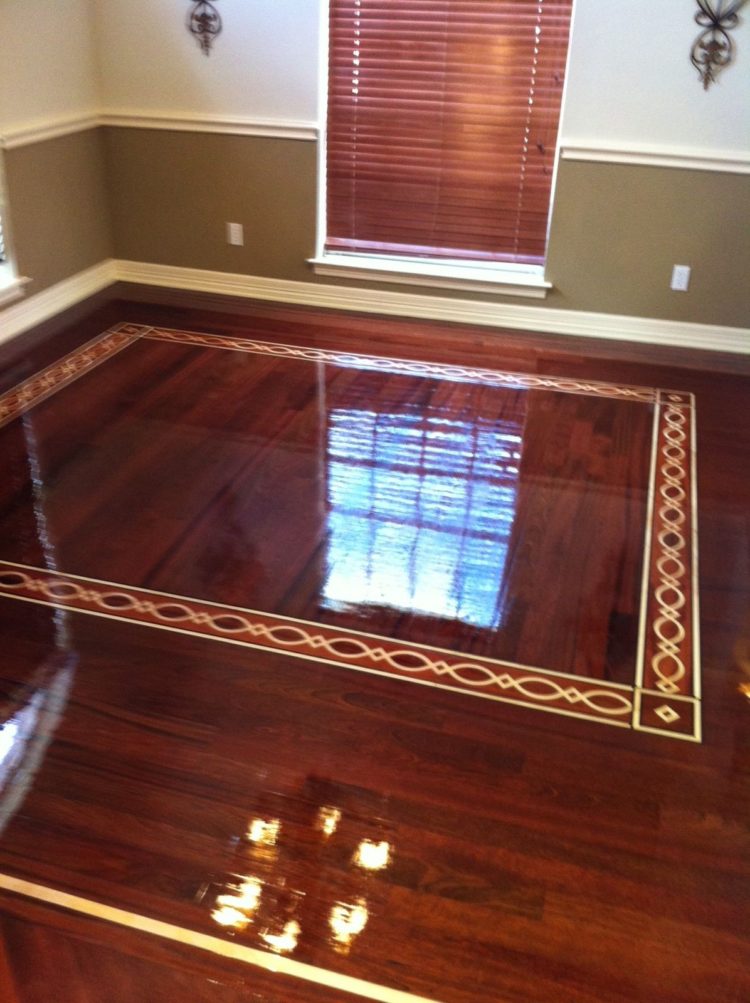
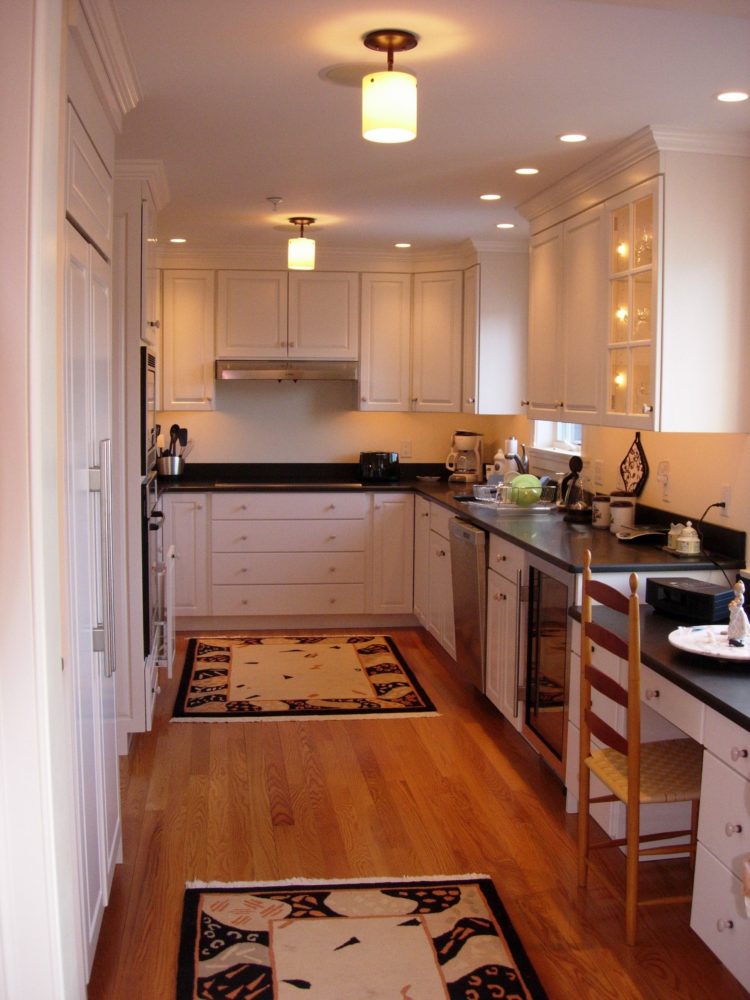

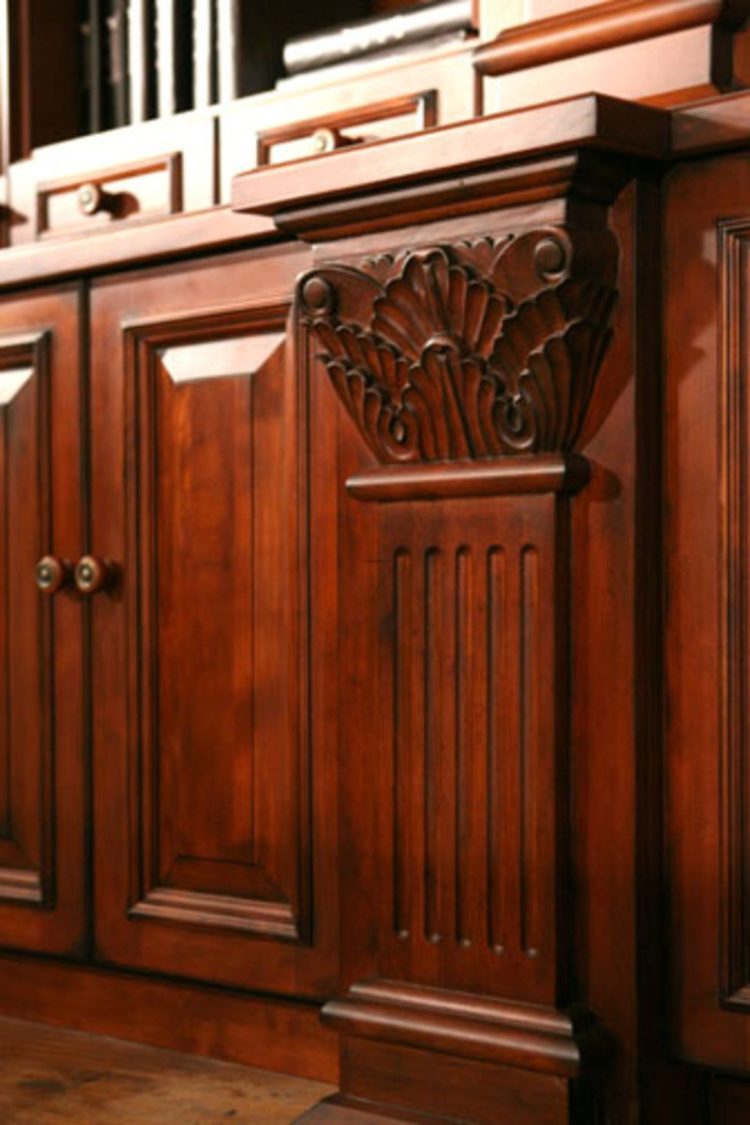
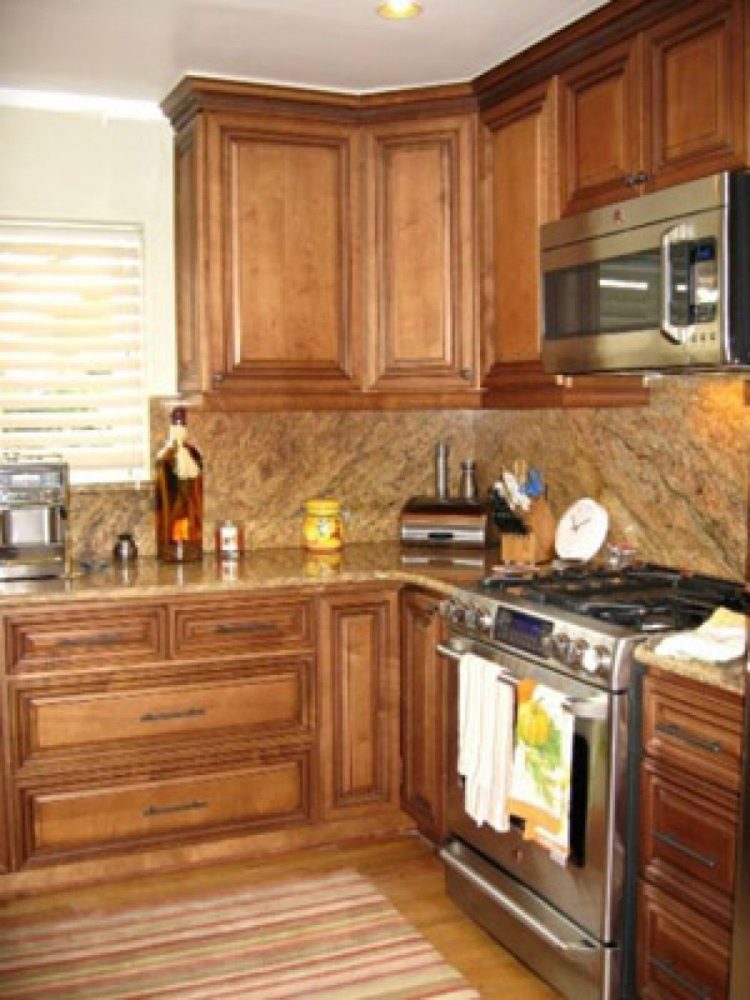

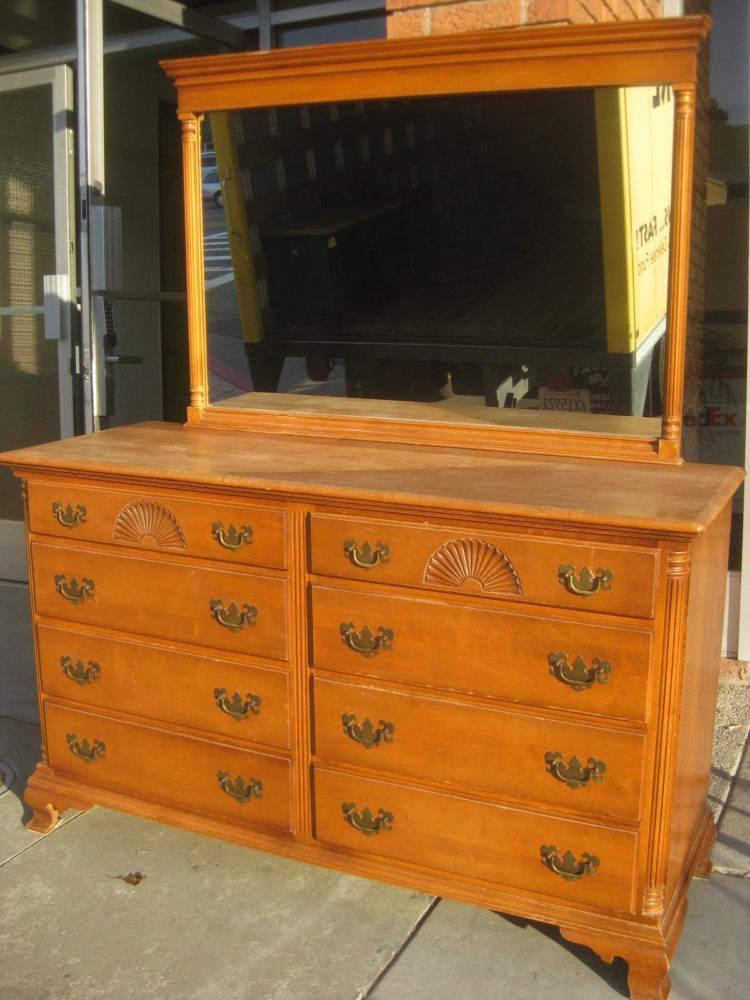

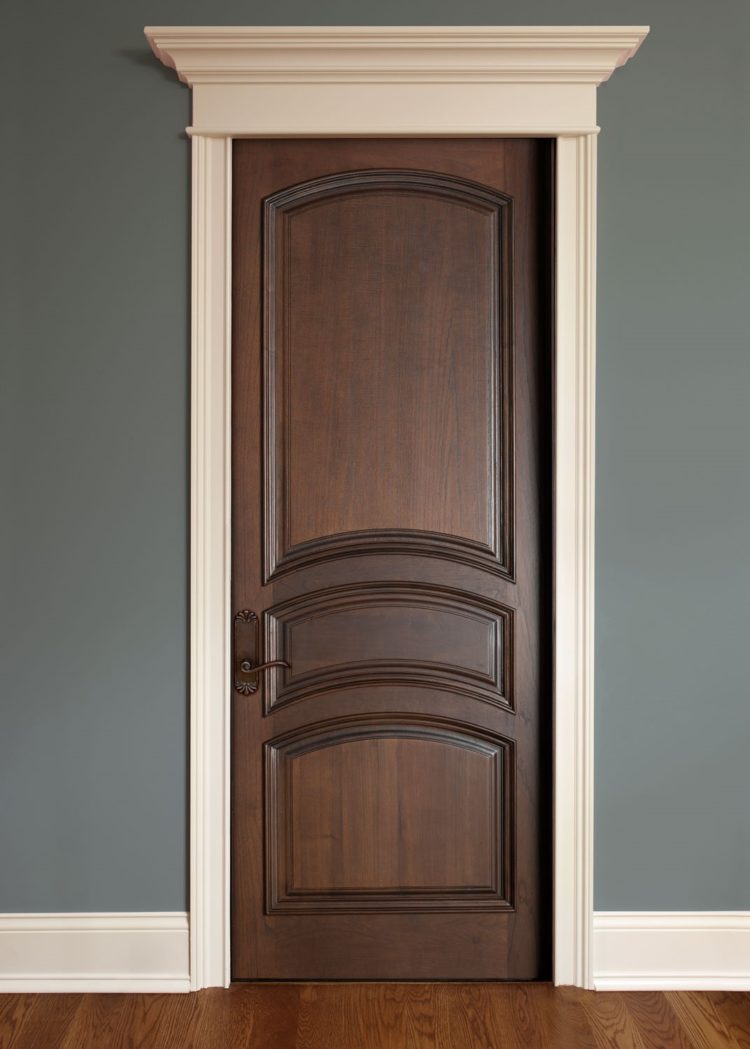

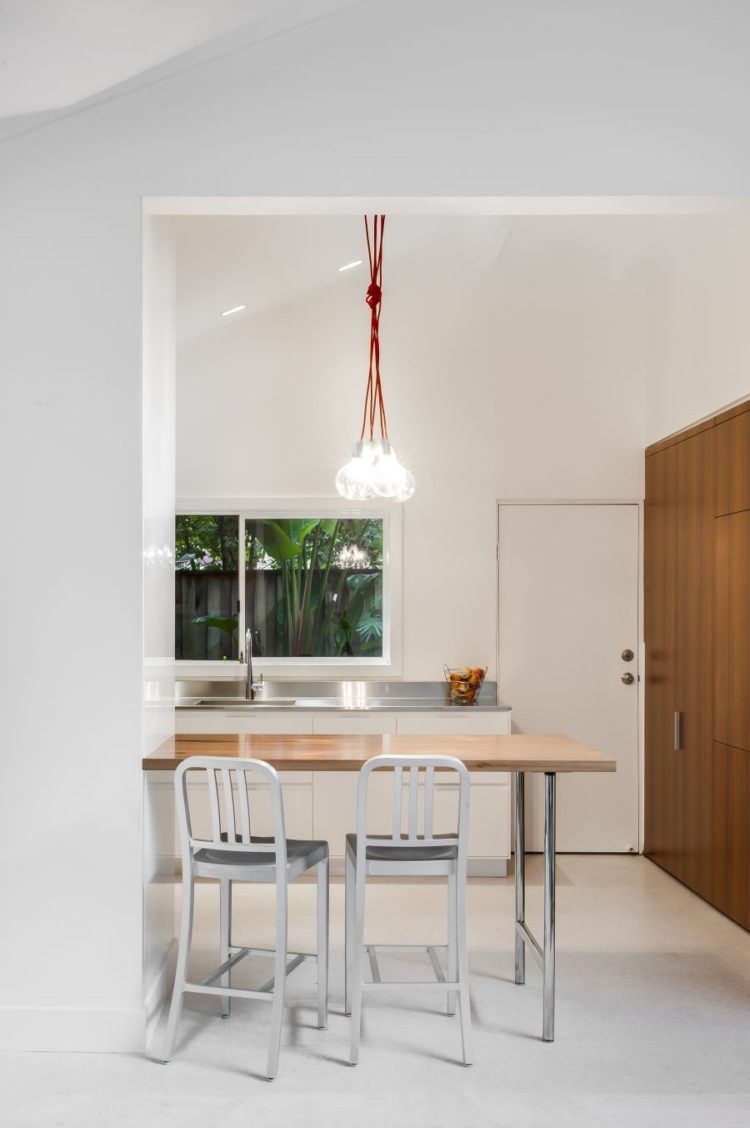
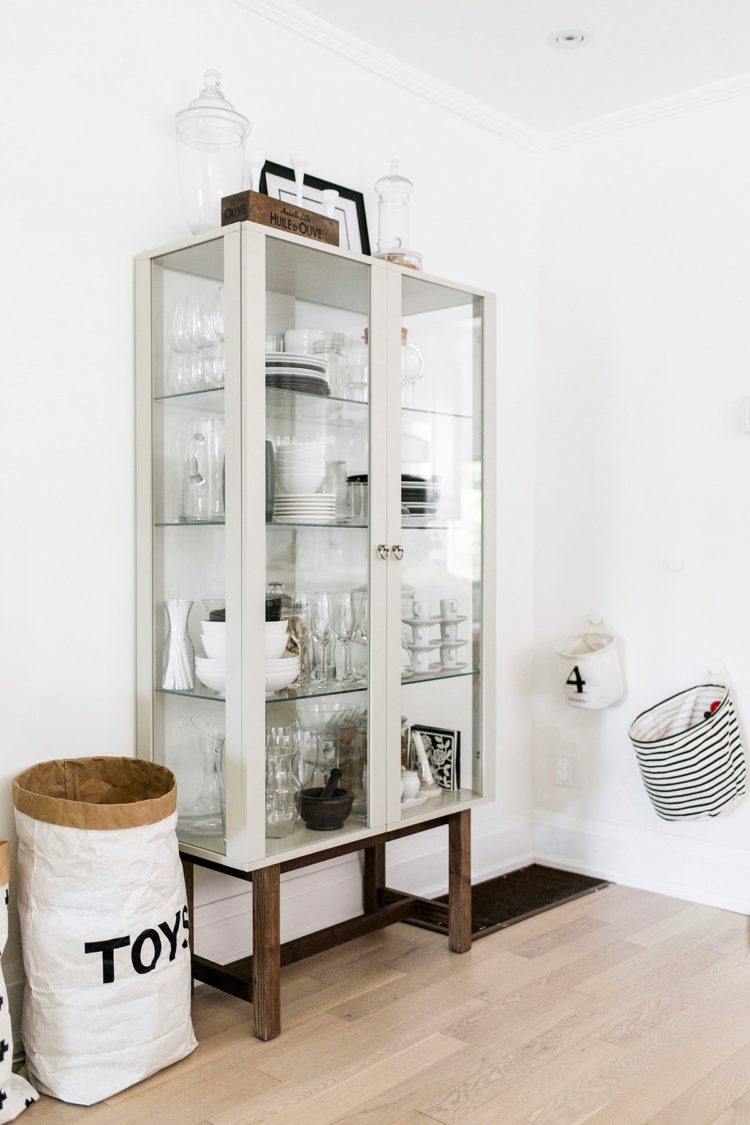
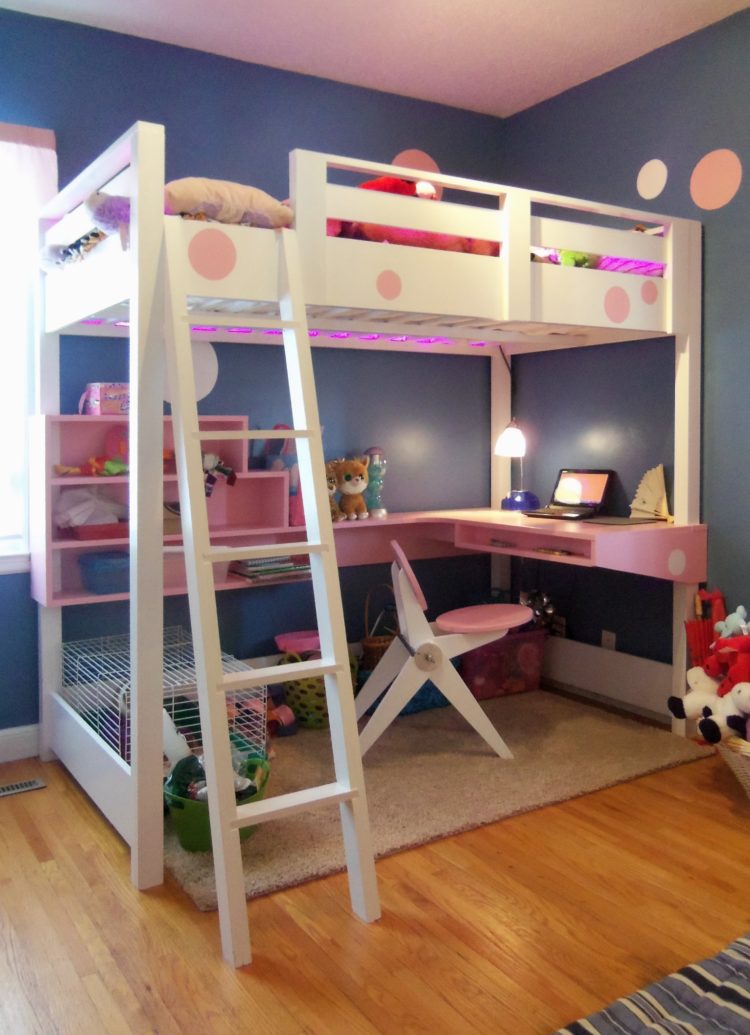
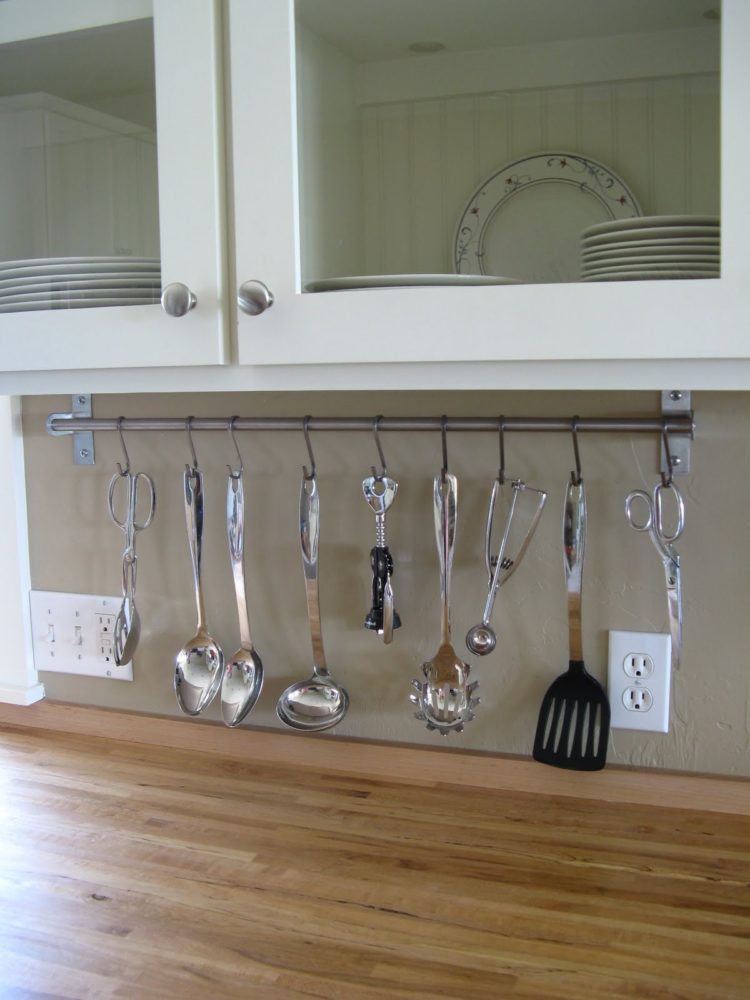
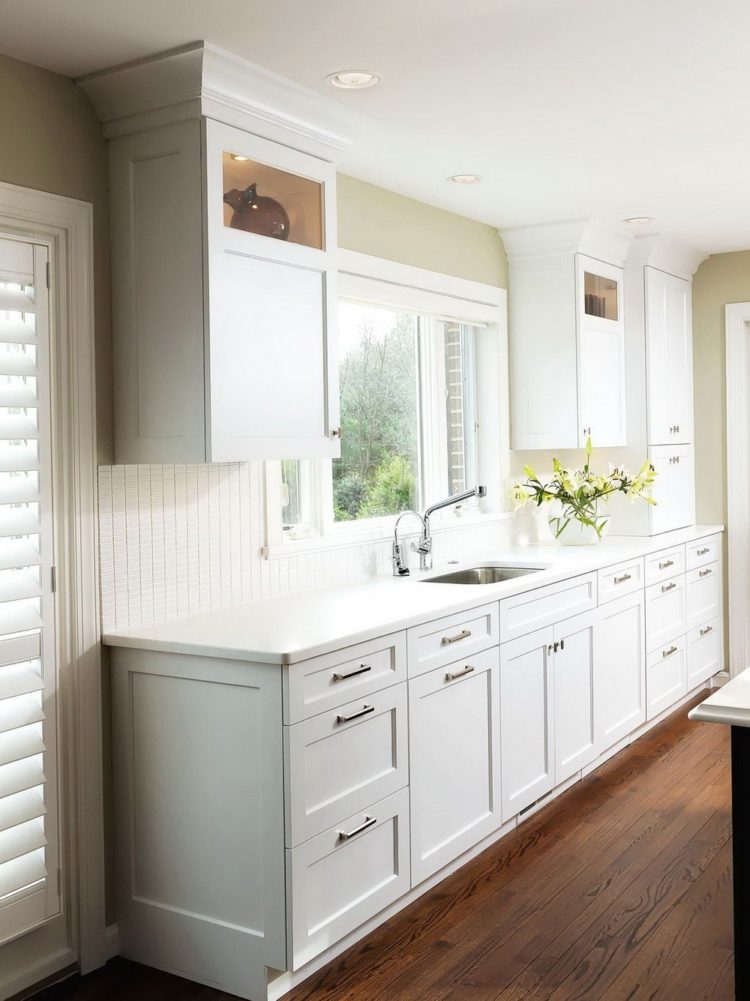
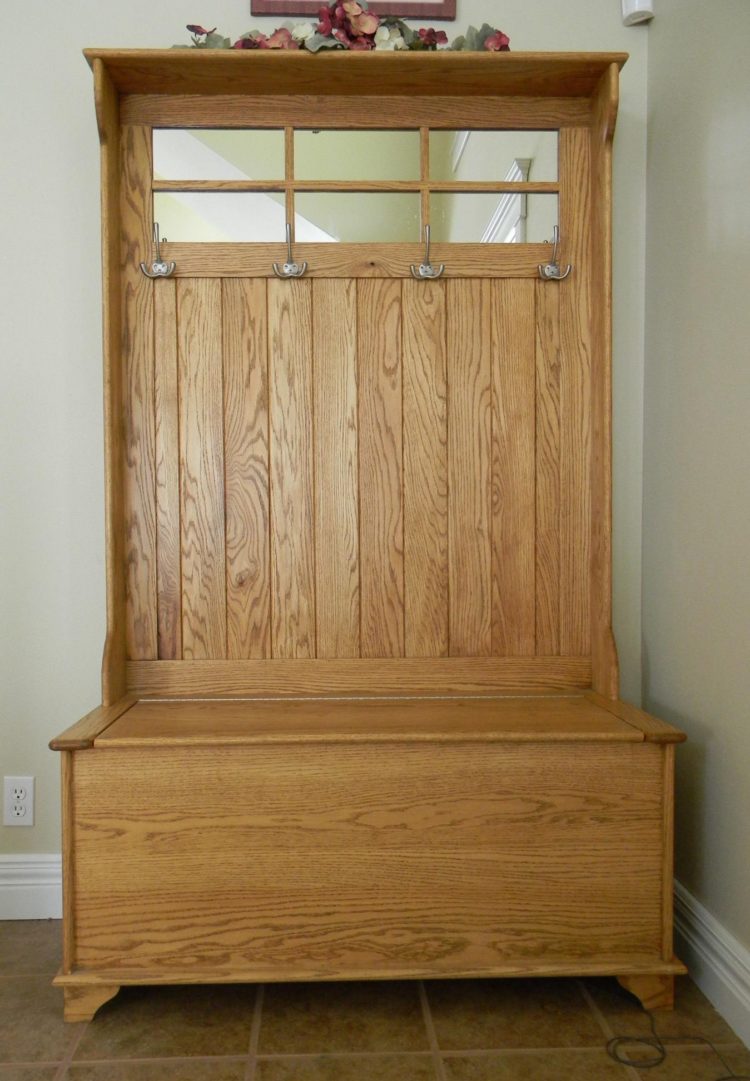
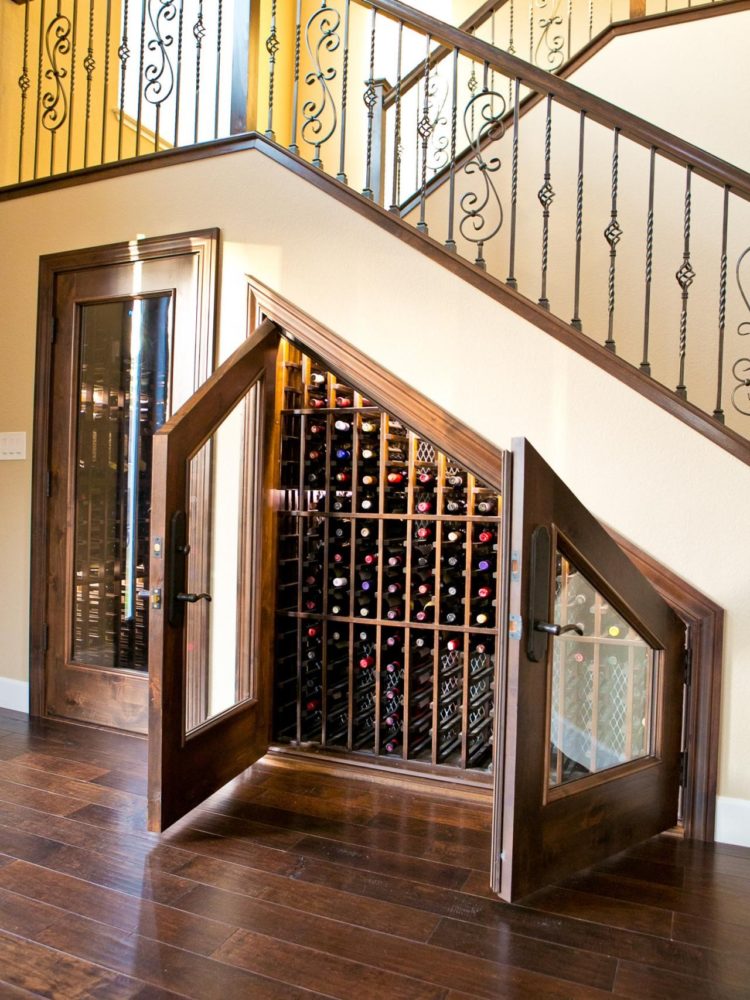
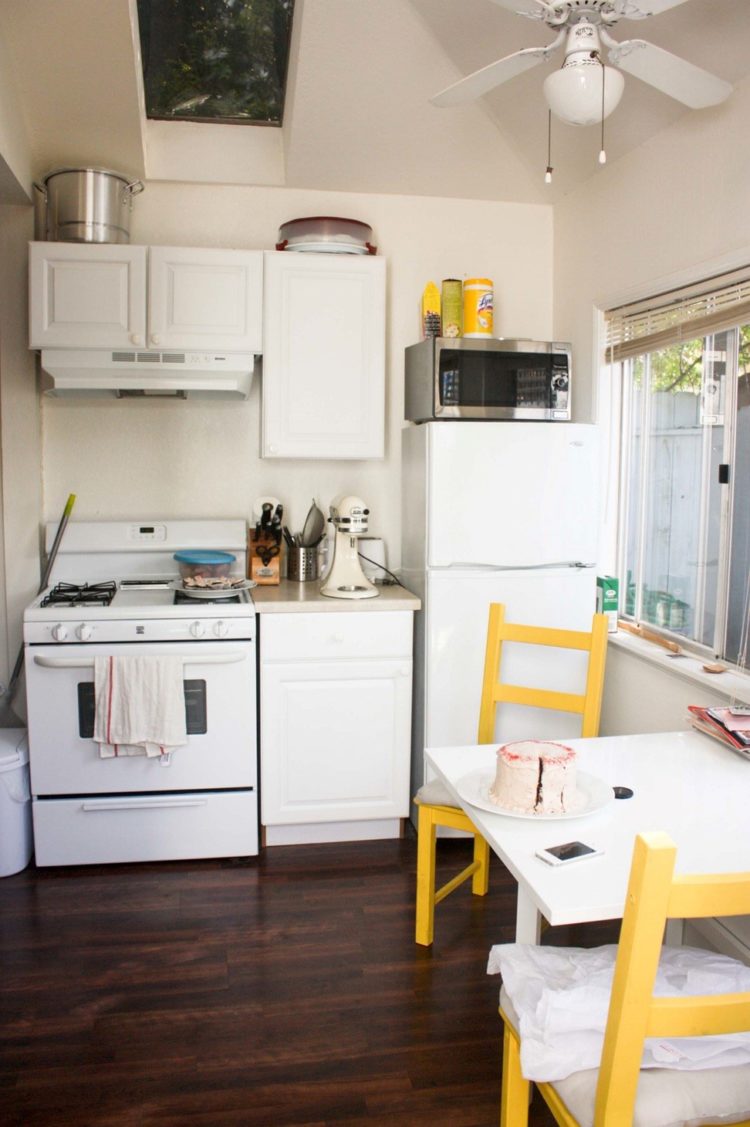
Maple does have its drawbacks. It can be unstable, especially when completing, and is prone to contraction. Seeing to it that your maple is well-seasoned and also appropriately seasoned to your setting will make a big distinction in just how your maple woodworking projects turn out, and also exactly how they stand up gradually.
Selections of Maple
When buying maple from your lumber provider, you might hear plenty of names for the timber: tiger maple, curly maple, birds-eye maple, fiddle back maple, red maple, soft maple, tough maple – the listing goes on.
Firstly, soft maple as well as red maple are generally the very same points. The term soft maple is a little bit of a comparative misnomer, as soft maple is tougher than numerous other hardwoods (such as cherry). Soft maple is also commonly referred to as “tiger maple” for the tiger-like red stripes in the wood, or curly maple if the red stripes are a little bit more of the curly nature.
Tough maple ranges frequently will certainly have a lot more tiny knots that appear along the grain. This is commonly referred to as “birds-eye maple.”
For several years, maple was the wood of choice for developing musical instruments. The term “fiddle back maple” originated from this market, as appropriately matched boards would be utilized to make the big back panels of guitars as well as fiddles.
Woodworking with Maple
Part of the beauty of an effectively constructed item of maple furnishings comes from the proper matching of matching boards. Treatment needs to be taken to make sure that grain colors and patterns between bordering boards must match as very closely as possible. Several woodworkers will go as far as to buy thick maple supply and resaw it on a band saw, lining up the cut sides together for a perfectly matched pair of panels. This is especially reliable with tiger-striped maple utilized on cabinet fronts and also cabinet doors.
Since maple is such a hard timber, be specific that your tools, blades, and also bits are specifically tidy and sharp. Dealing with sharp tools on hardwoods is not just going to generate better results, however it is more secure than if they are a bit dull, merely because the tools will certainly cut cleaner and also be much less vulnerable to tearing with the timber.
Completing Maple
Just like various other hardwoods such as cherry, maple can be a little bit temperamental to finish, especially when staining. When applying a discolor, make sure to make use of a pre-stain conditioner to try and even out the “blotchy” spots that have a tendency to appear. This won’t entirely solve the problem, though.
Spots often tend to fill up pores, fractures, as well as crevices in timber. If the tarnish can not find a pore to fill, it will be eliminated when the excess stain is wiped away.
The secret to evening out the tarnish is to sand the task completely, using gradually finer sandpaper grits. Begin with 120 grit before moving up to 180, and ultimately 220. Attempt to uniformly sand the whole job with this last sanding. After that, using some 320 grit paper, sand subjected end grain, which has a tendency to stain extra heavily. Fining sand the end grain with finer grit will fill up the pores of completion grain a bit much more. Lightly wipe down the whole task before applying a pre-stain conditioner, adhered to quickly after that by the tarnish of your choice.
An additional frequently made use of completing strategy on maple is to apply tung oil or linseed oil after the final sanding. These oils tend to draw out the curly or tiger looks of the maple. Adhere to the oil with a coat or two of shellac. For a much more resilient coating, top-coat over the shellac with a clear lacquer or polyurethane.
